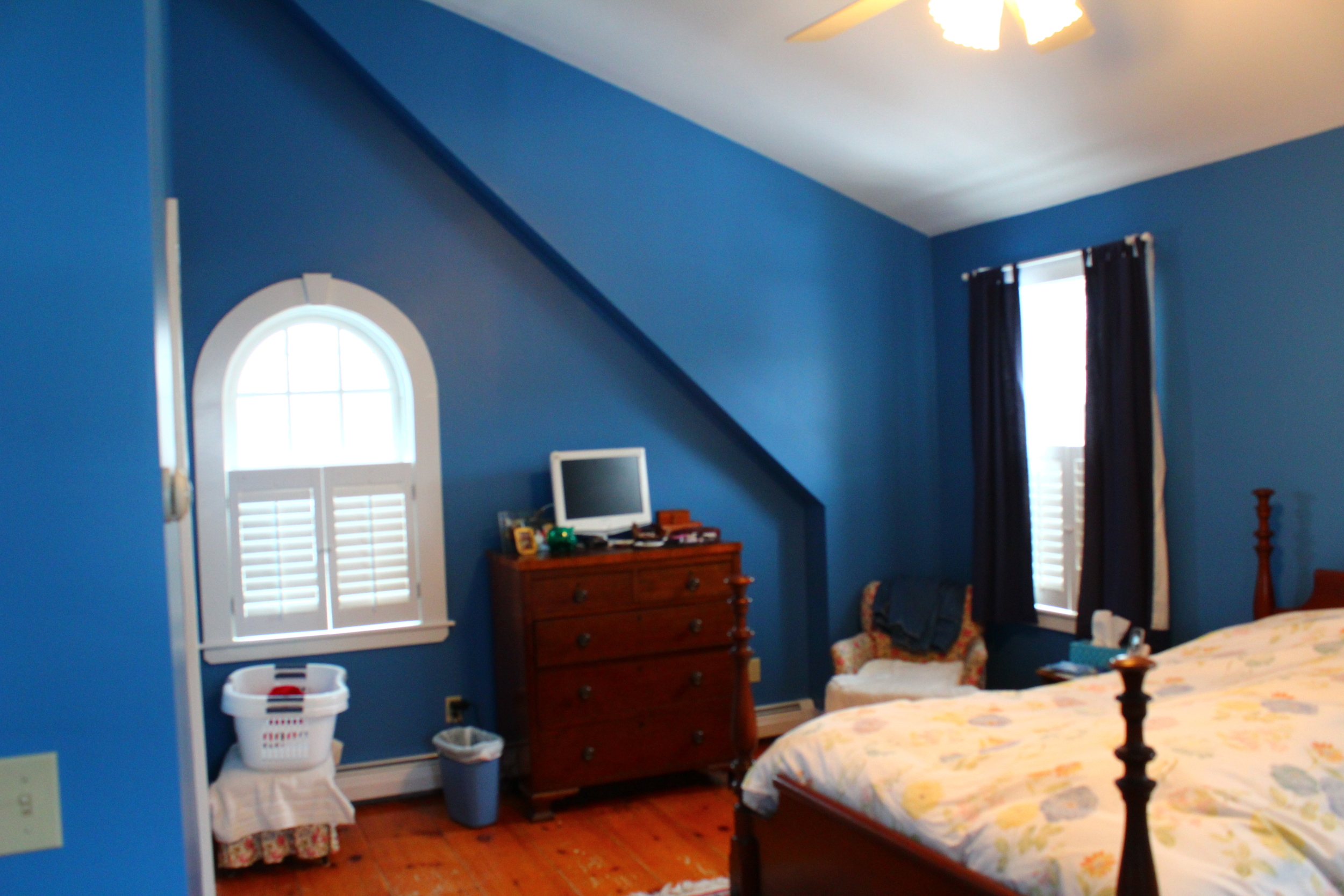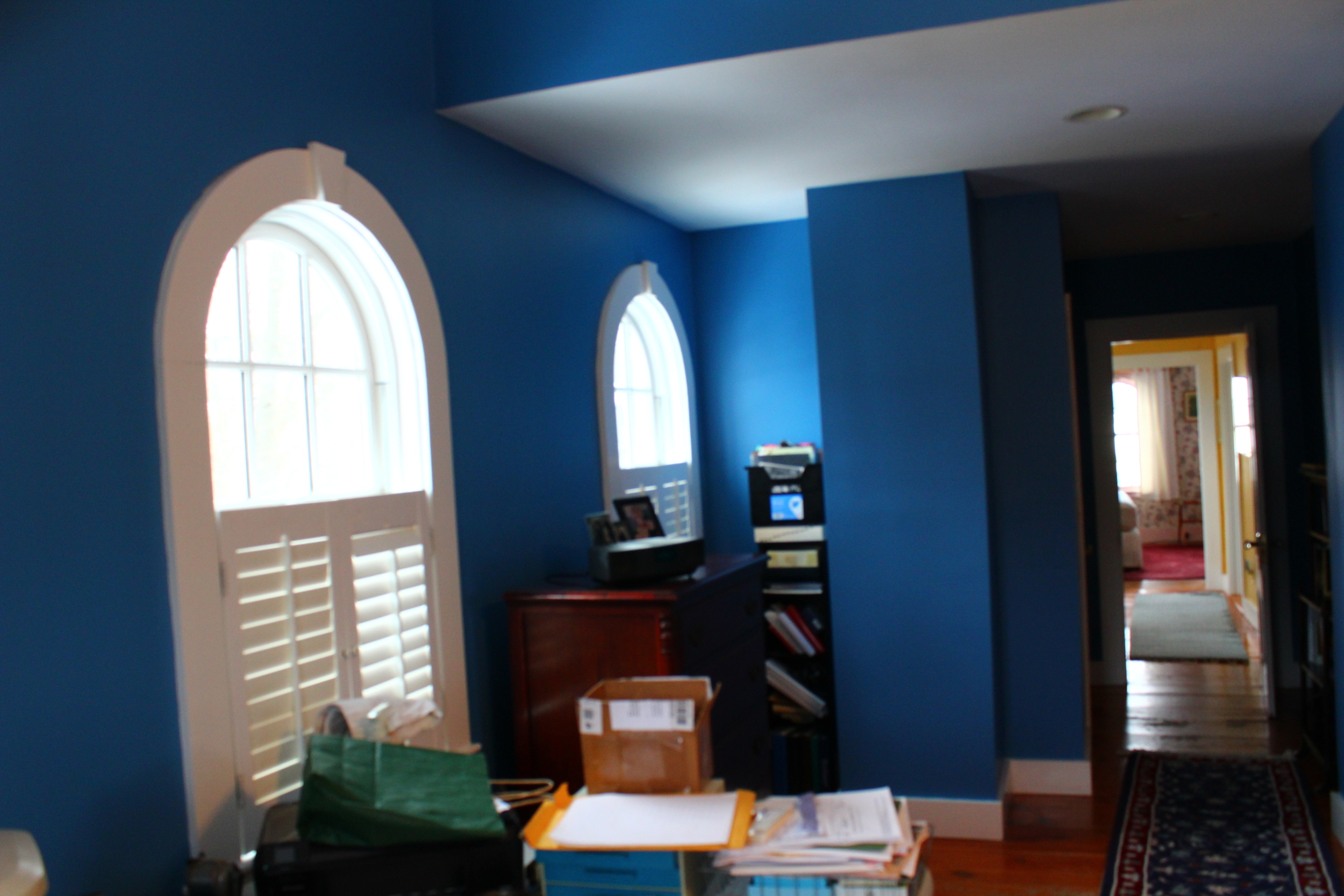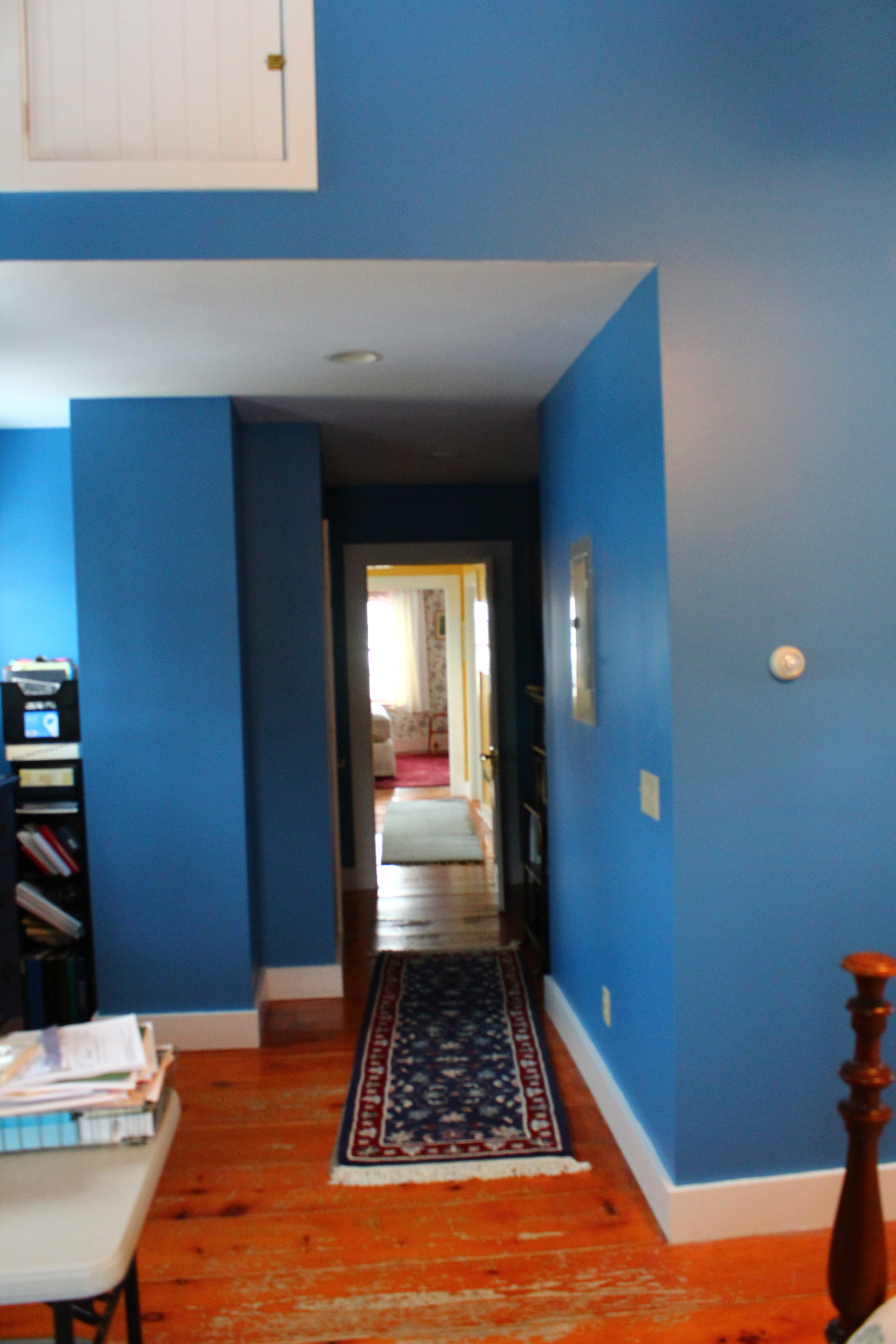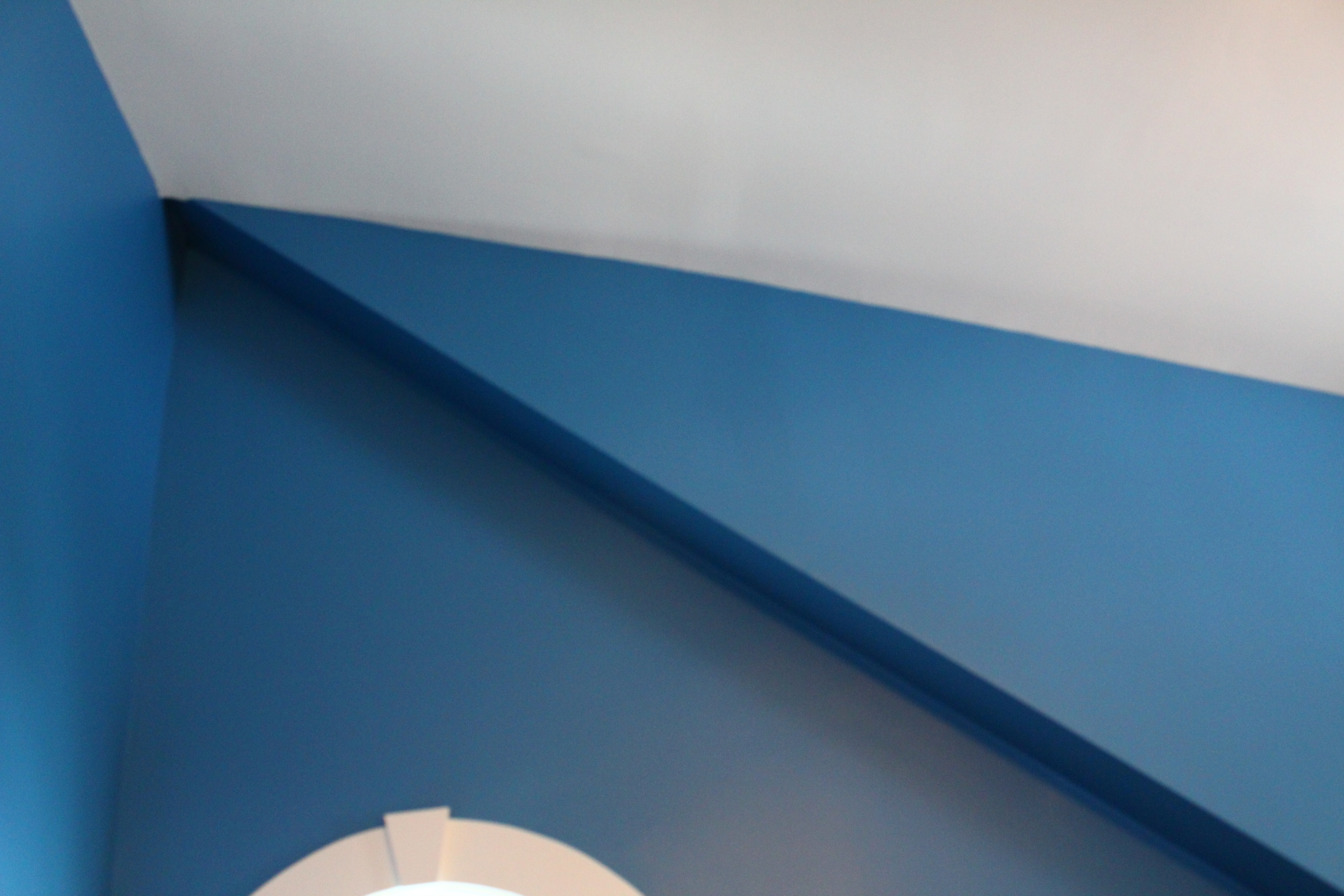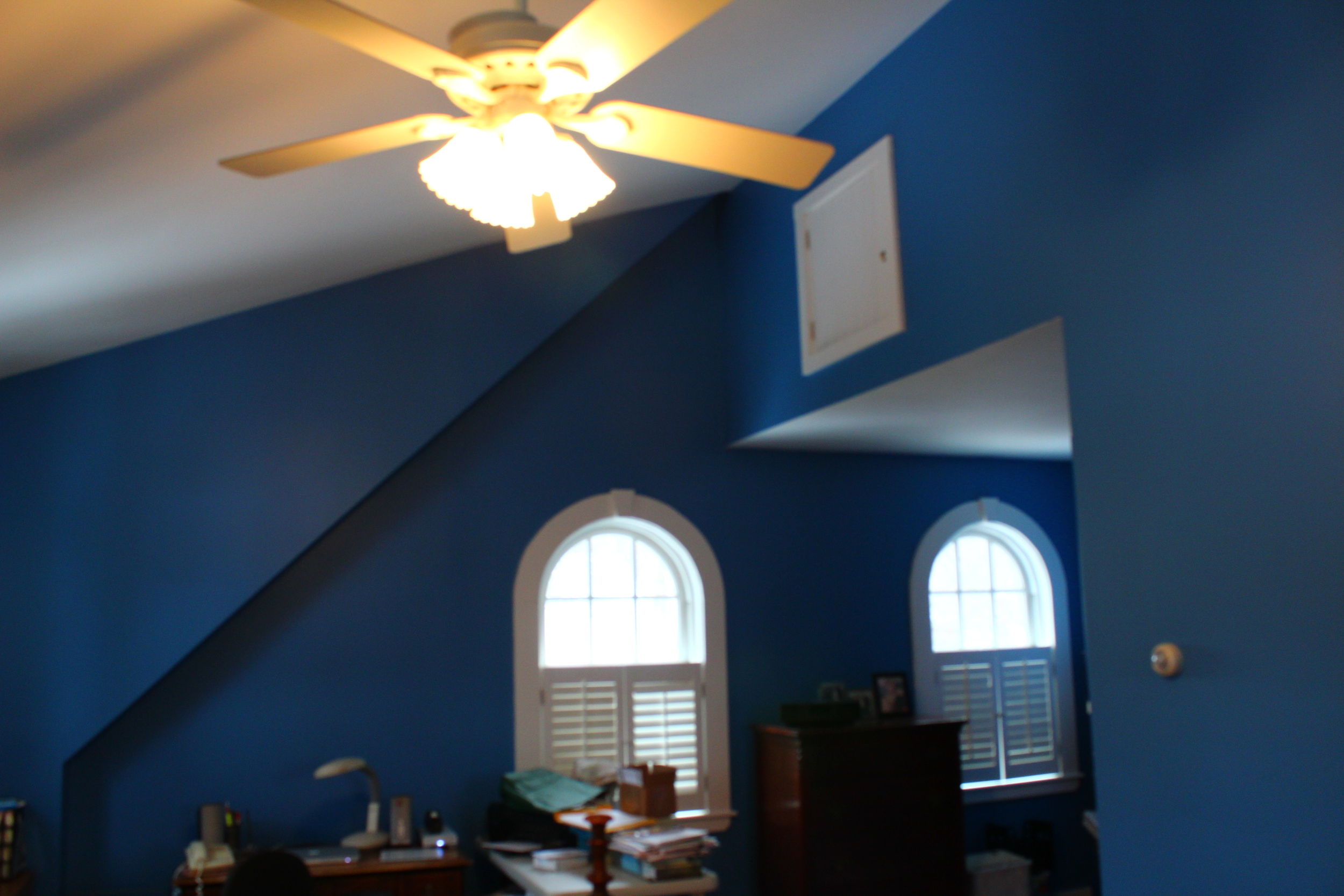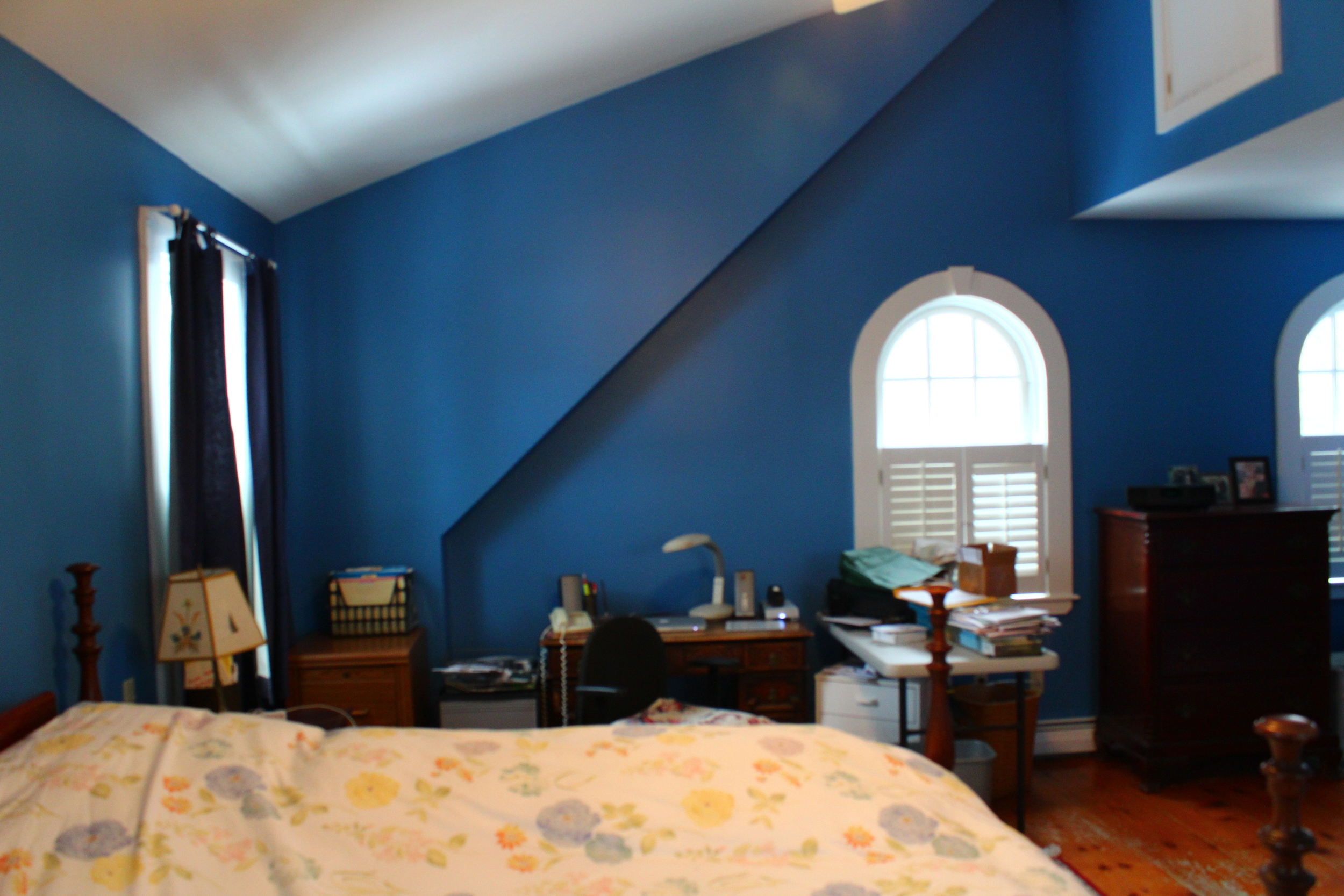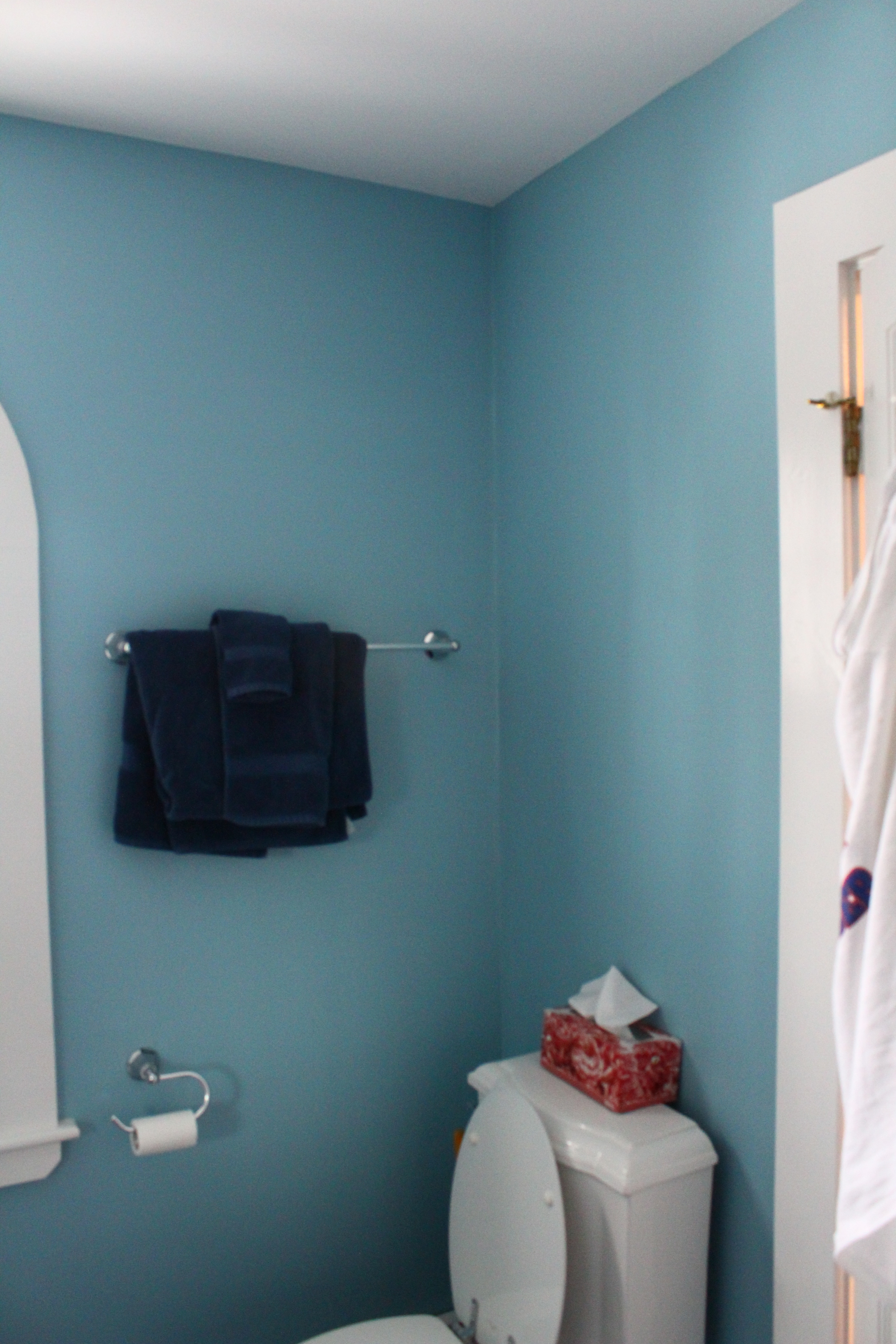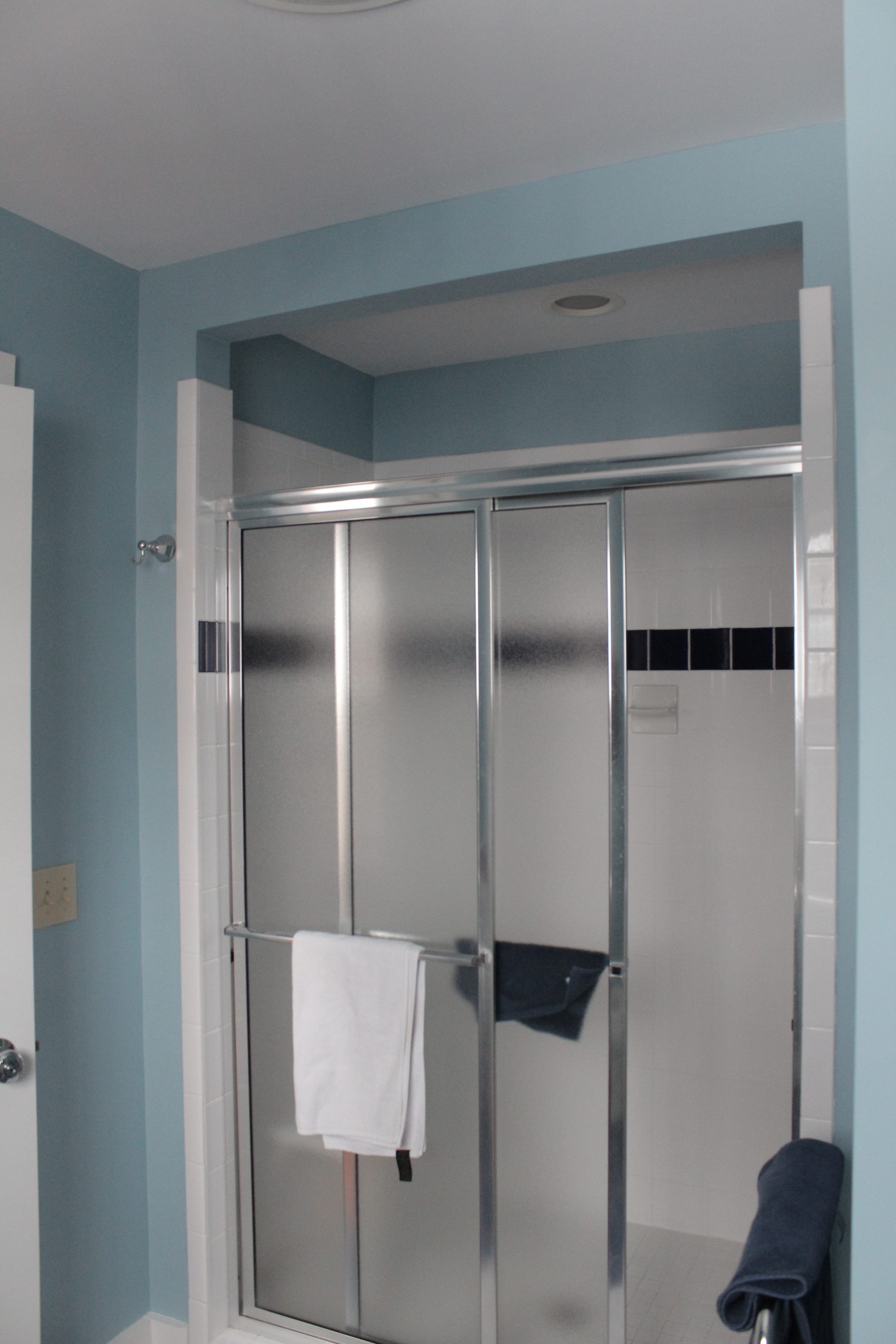PSA and Some Self Promotion
Now that the exterior season is almost here many are looking to get the outside of there house painted. I try to not do a whole lot of exterior work nowadays. I am fifty-four and I work by myself. I consider myself to be in pretty good shape, but up in down ladders all day is hard on everyone and the older you get the harder it gets to recover. But that is not why I am writing this post.
When home owners hire a painter, or in fact any contractor, they expect that they know what they are doing. And, often, since home owners have little experience painting, they have little knowledge of proper painting practices.
The truth of it is that put painting on a wall is not that hard. Put paint on a brush or roller, place said brush or roller on the surface to be painted, and move it back and forth. But, making it look good is a skill.
BUT,the most important part of a paint job is the preparation. It is cleaning, sanding off old gray wood, caulking gaps in the wood, and ensuring that the wood is dry or that the surface to be painted is not too hot.
I own and often use a moisture meter and an infrared thermometer to ensure that the surface is both dry and below 90 degrees.
Even interiors have special issues that many home owners would not consider. New unpainted wood needs to be sanded to remove the mill glaze prior to being primed. Mill glaze is the result of the metal blades used to cut the wood.
Why am I telling you this? Getting a house painted can be expensive, even an interior of a home which is usually easier and less expensive than an interior can bet expensive, and finding out that the the professional that you hired did not prop properly can cost a lot of money to fix, if it can be fixed at all.
These are just some of the issues that I have seen or been told about in the past few years:
New raw wood fence painted right after a half day of rain
Home owner being told that the painters will not be cleaning that house because they are doing a lot of sanding
Putting Bondo on top of wet rotting wood
Not sanding interior trim before painting
Not priming new sheet rock before painting
Stripping all the paint off a house in the Fall and painting the entire house after a rainy morning (there is no way that house was dry)
I did a job once where the previous painted caulked under all of the clapboards. This is not supposed to be done. It keeps the wood from breathing. Which can lead to paint failure and rotten wood and I am sure some other issues too.
I am not a master painter. Is that even a thing? There are many things that I do not know. Such as doing epoxy floors. My solution to my lack of knowledge is to either ask others who know more than me, if I think it is something I can do. Or, if it is something that I know I cannot do, I do not take on the job. I think a lot of painters out there have absolutely no idea of what they are doing. They believe that you do not have to prime if you get painter and primer in one. Of that painting is simply slapping pain on a wall. Or, they know what to do, and they do not care that they are ripping their customer off.


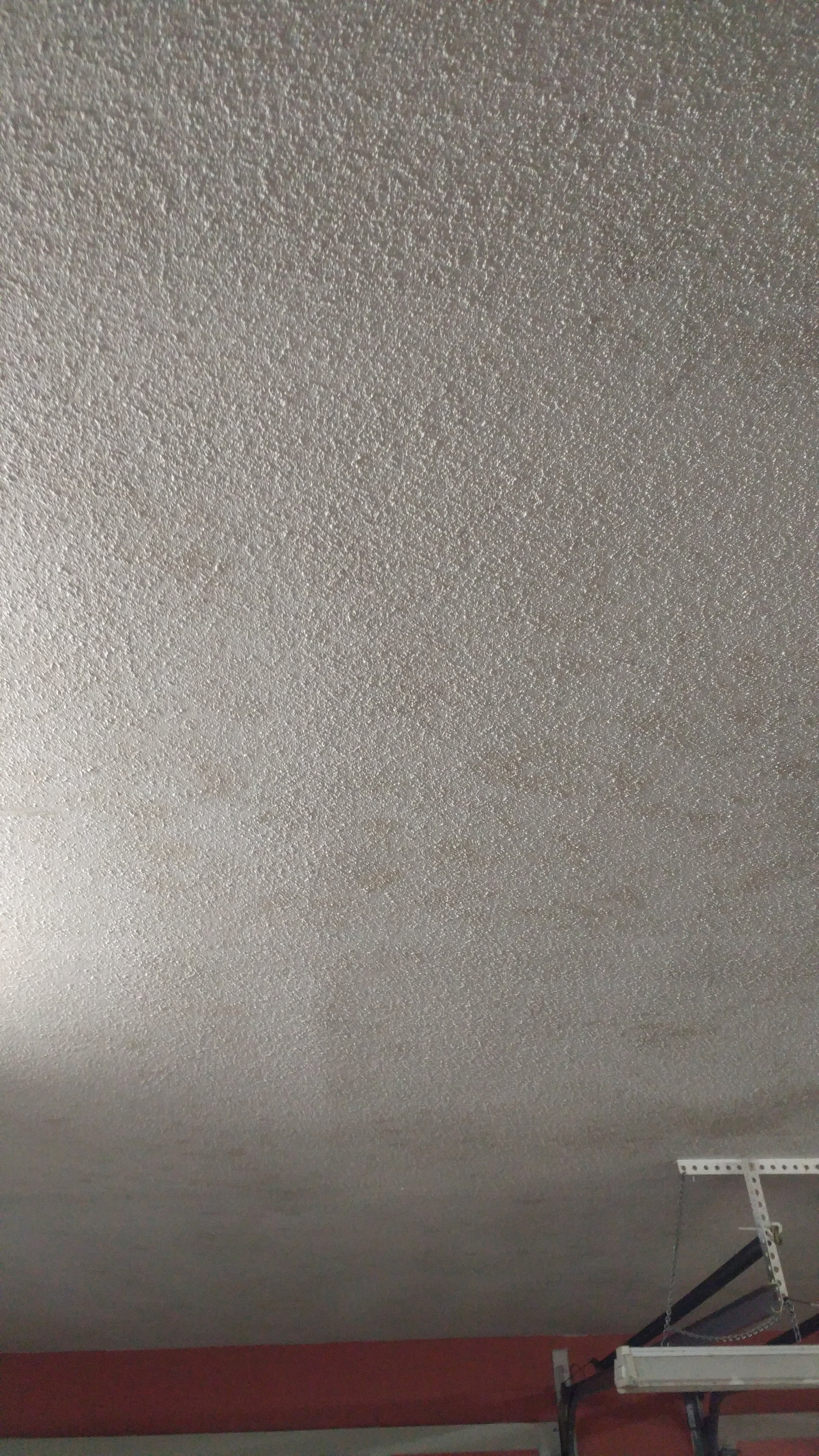


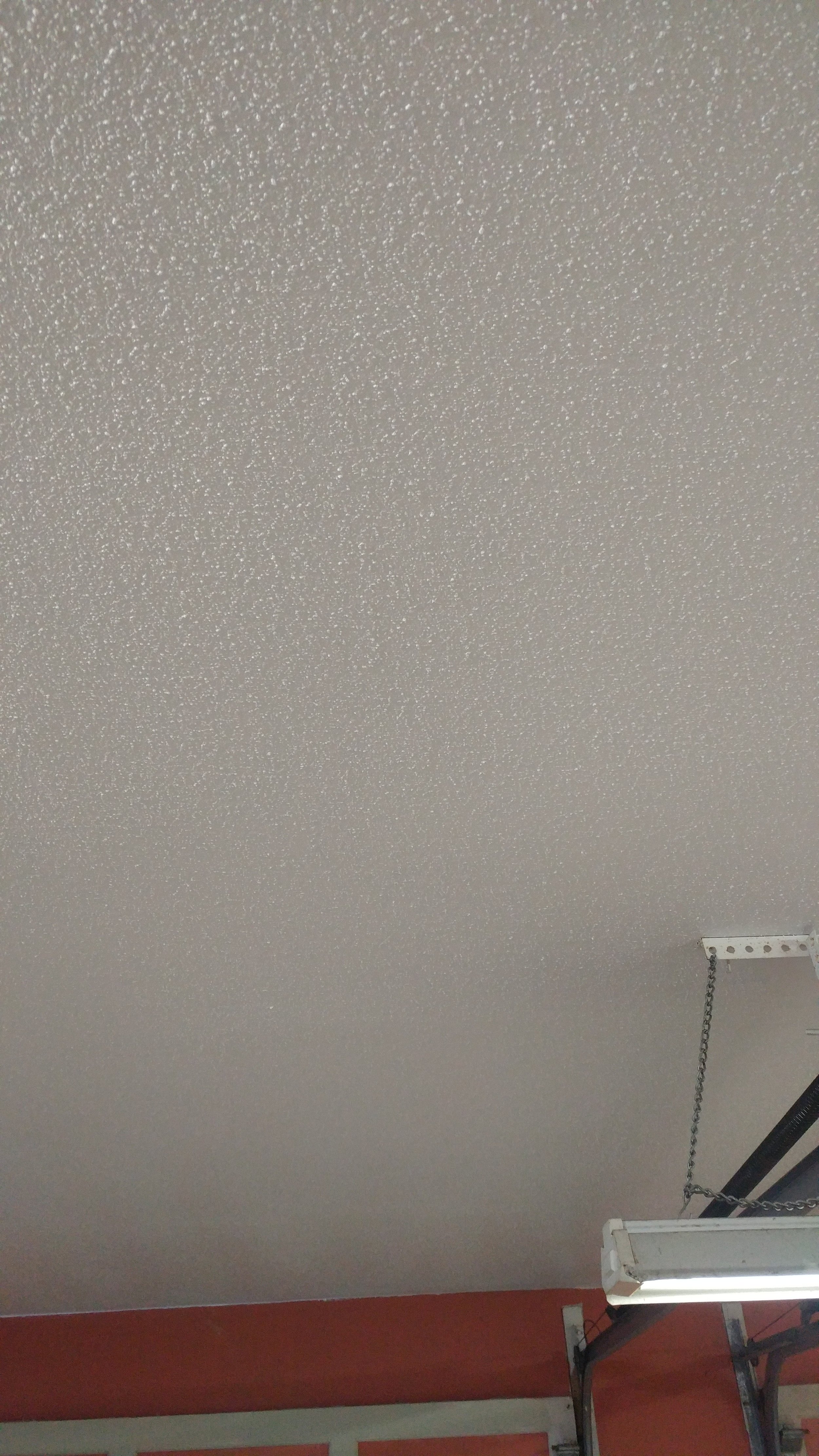




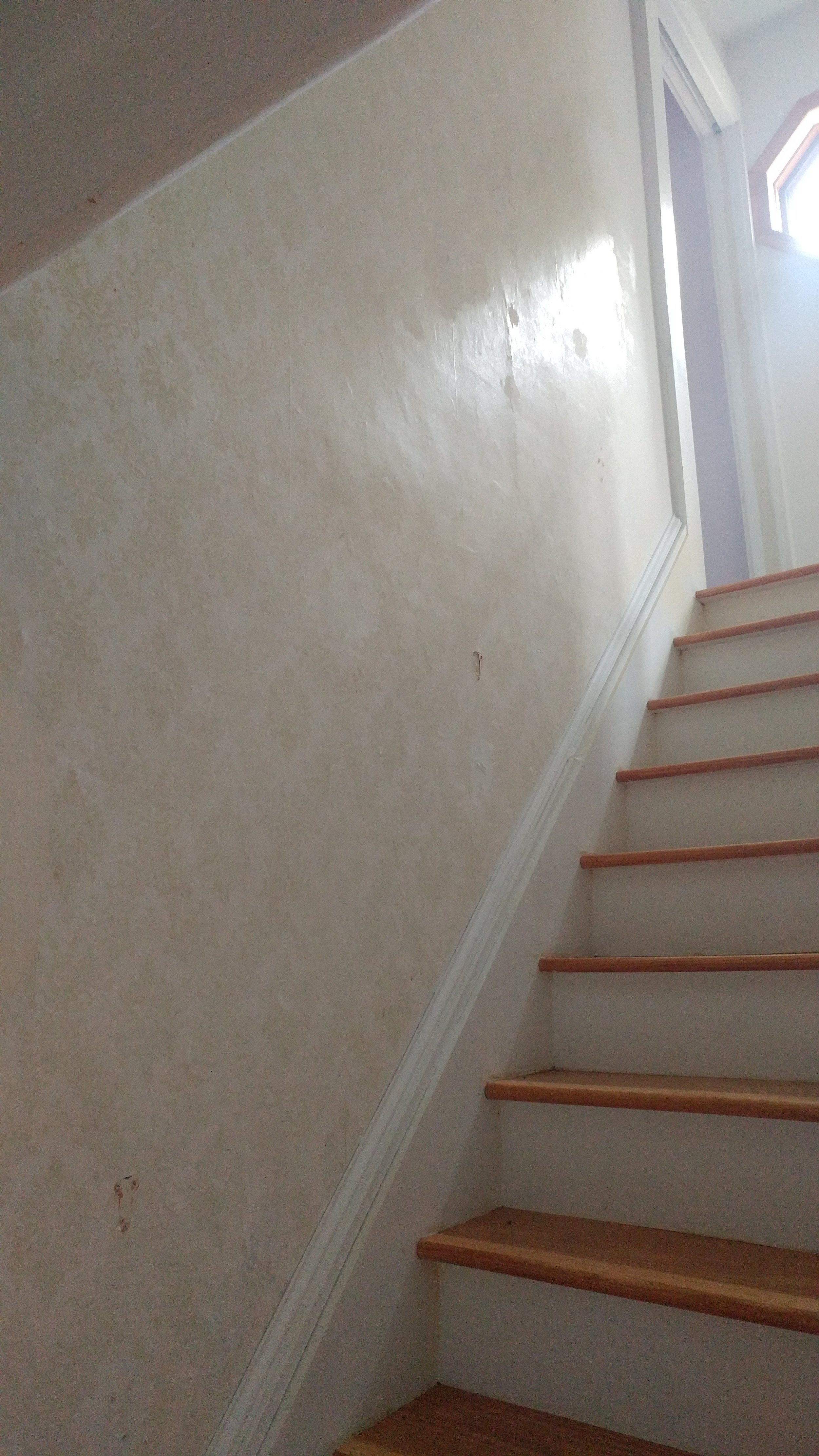
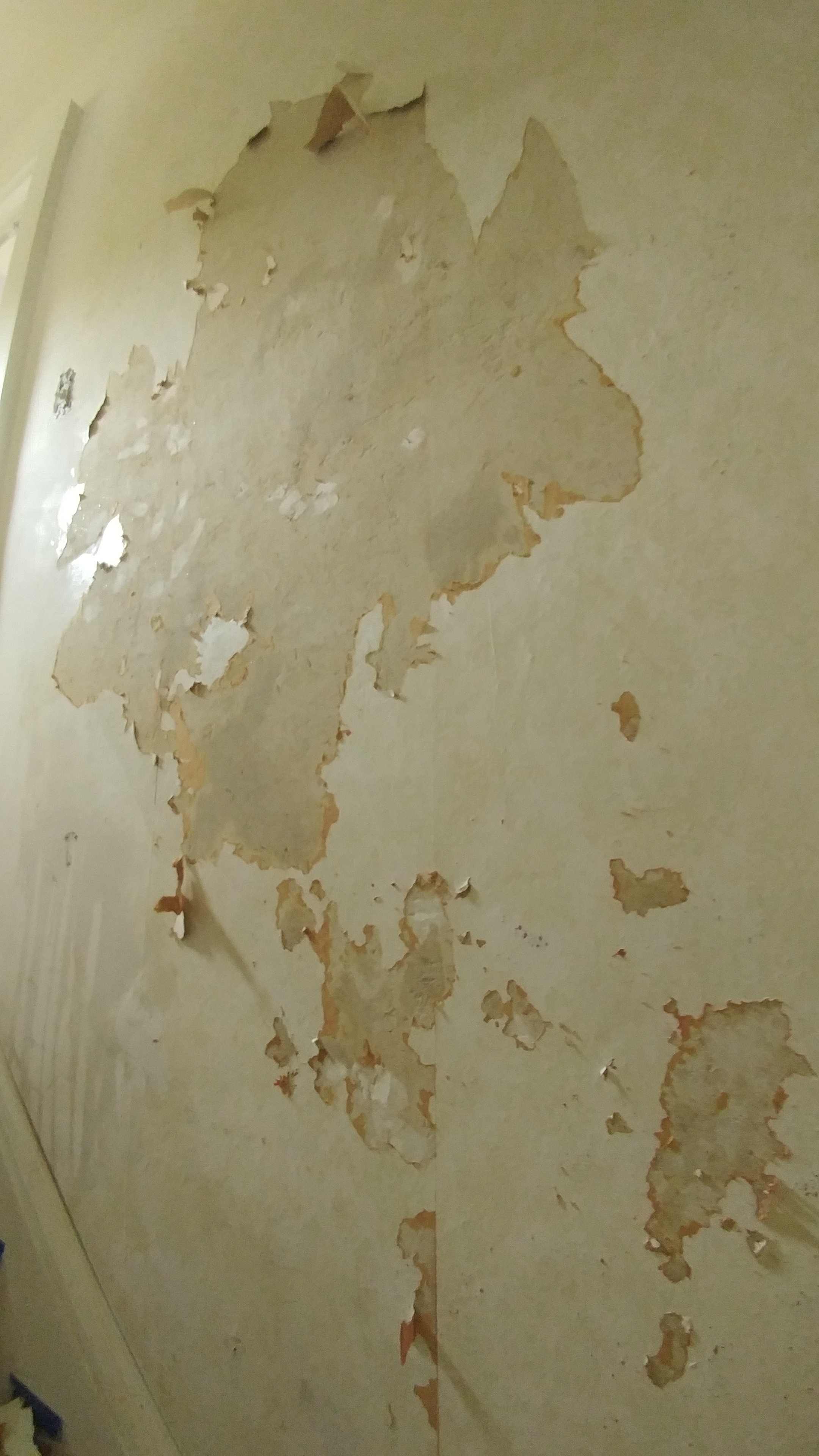


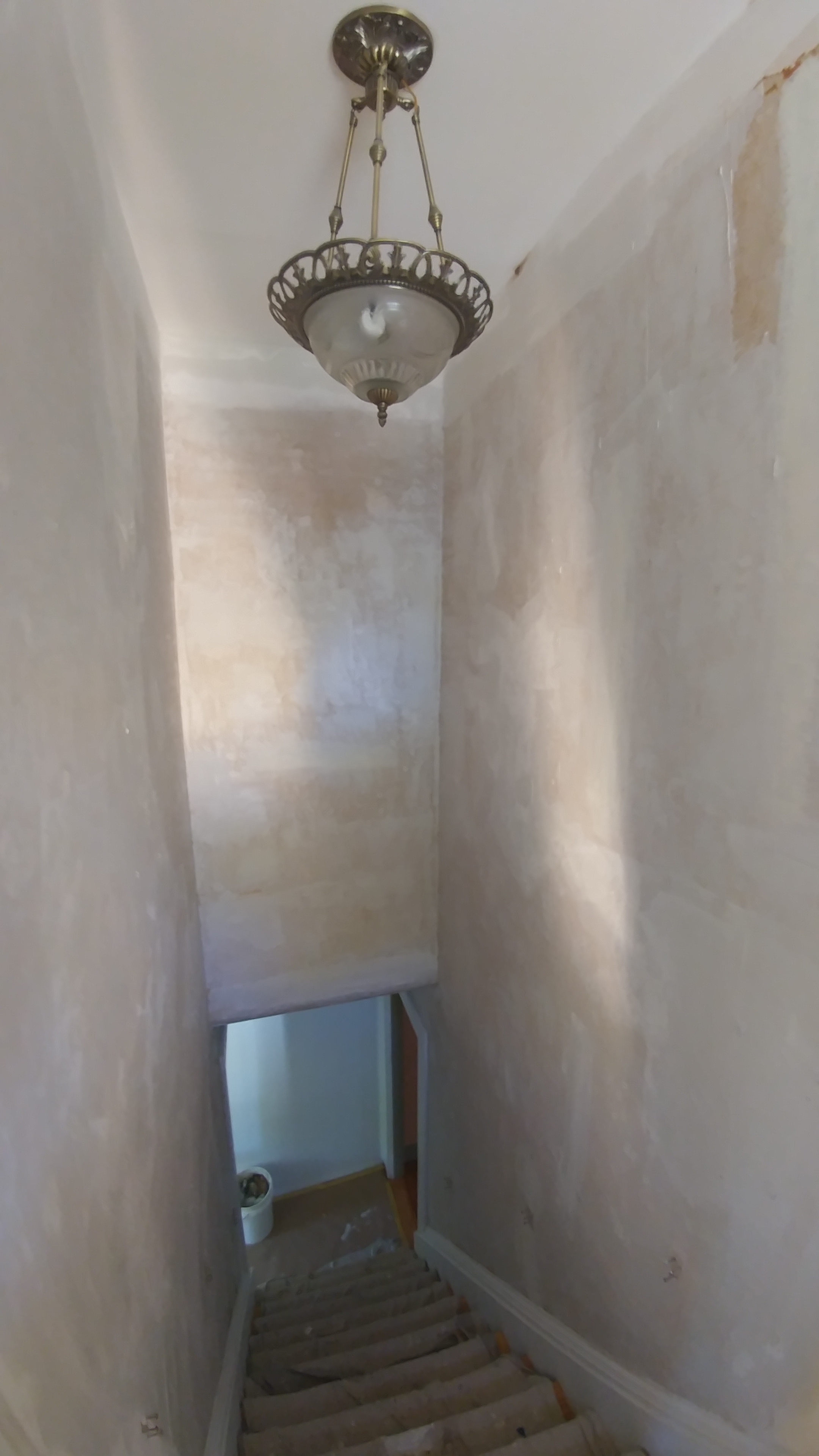


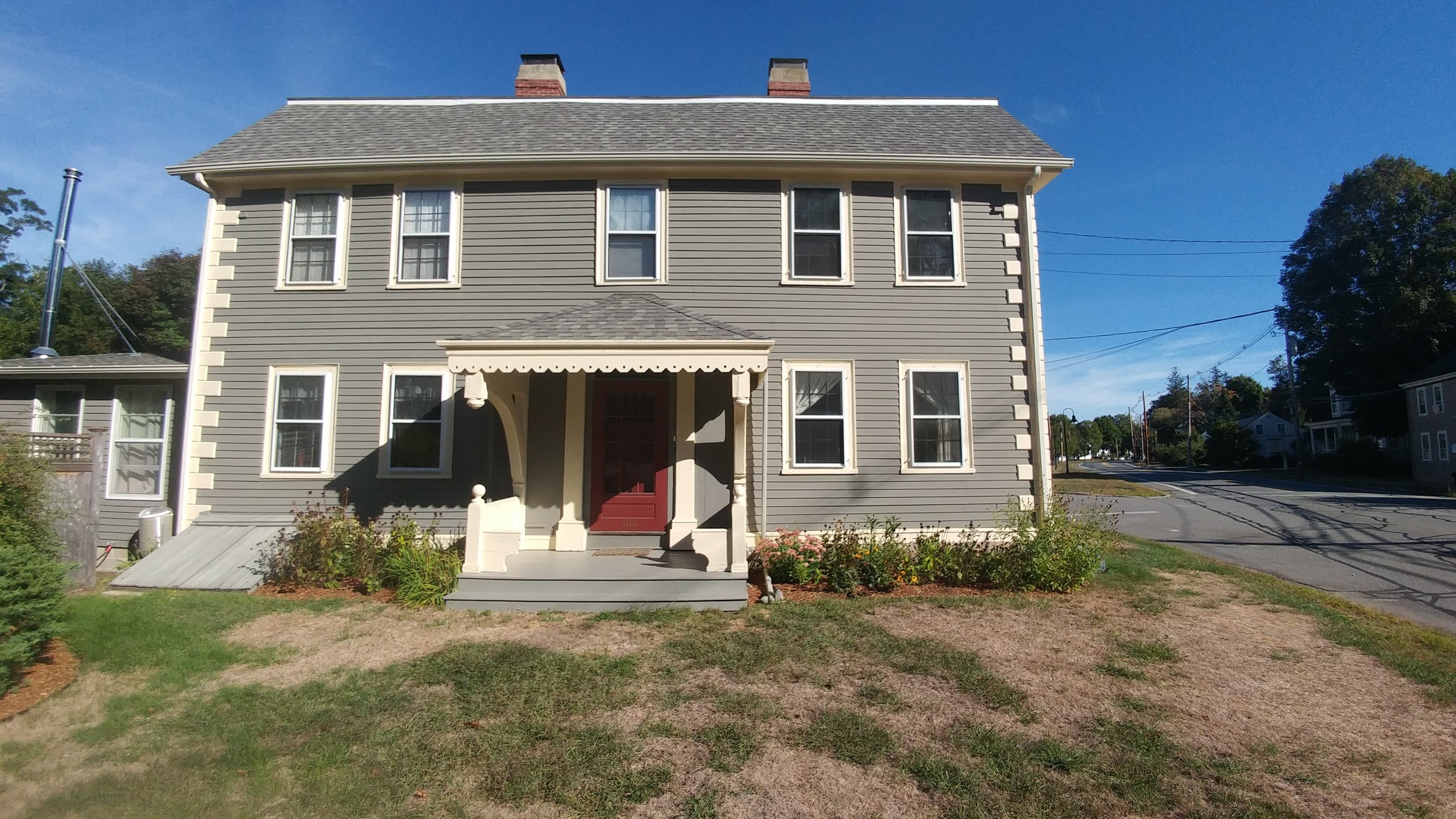
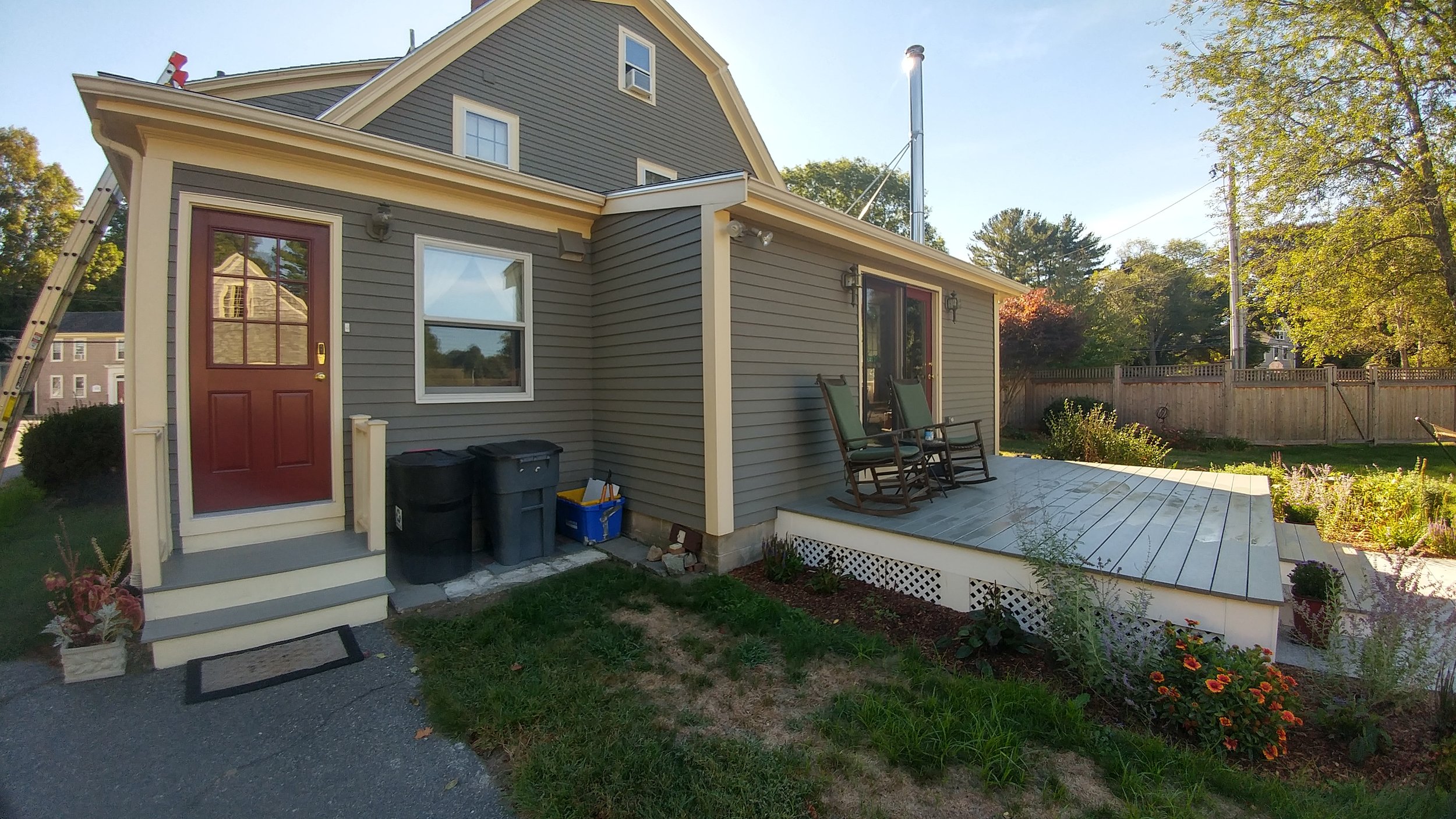
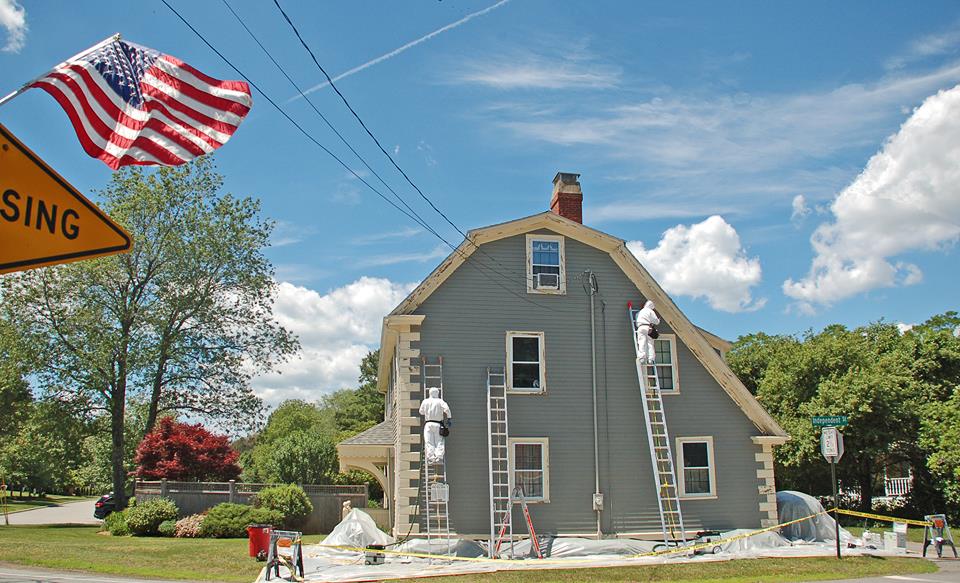
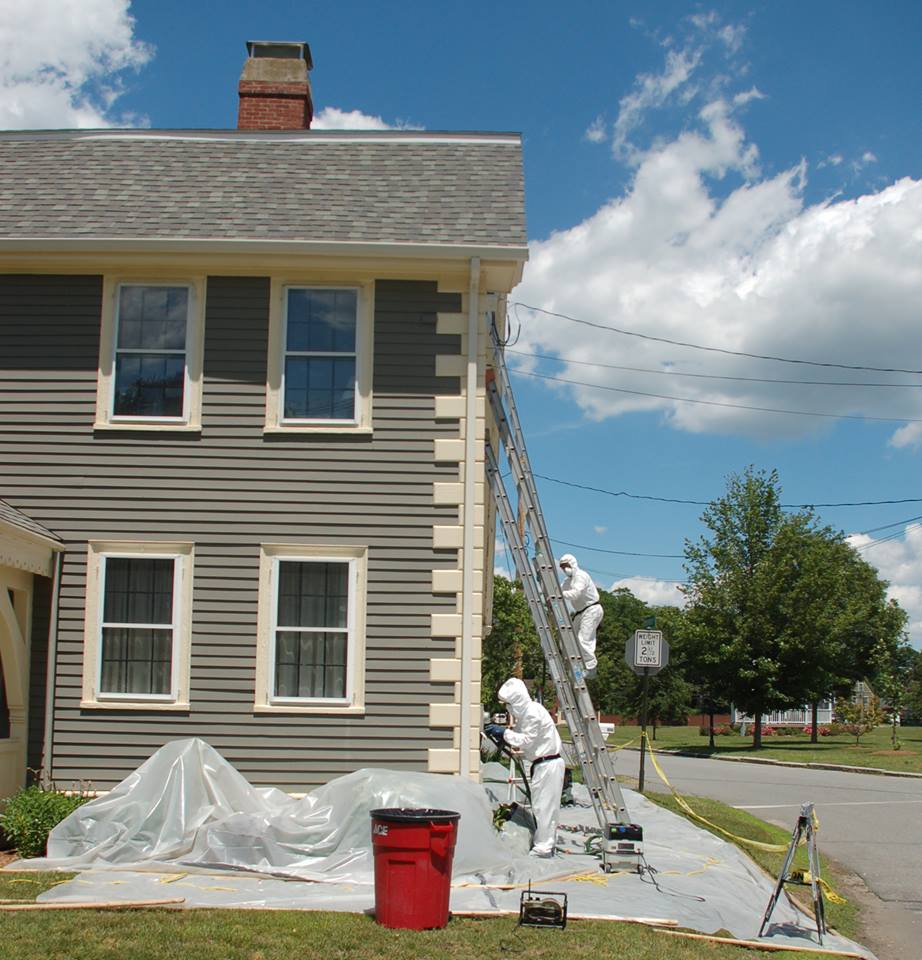
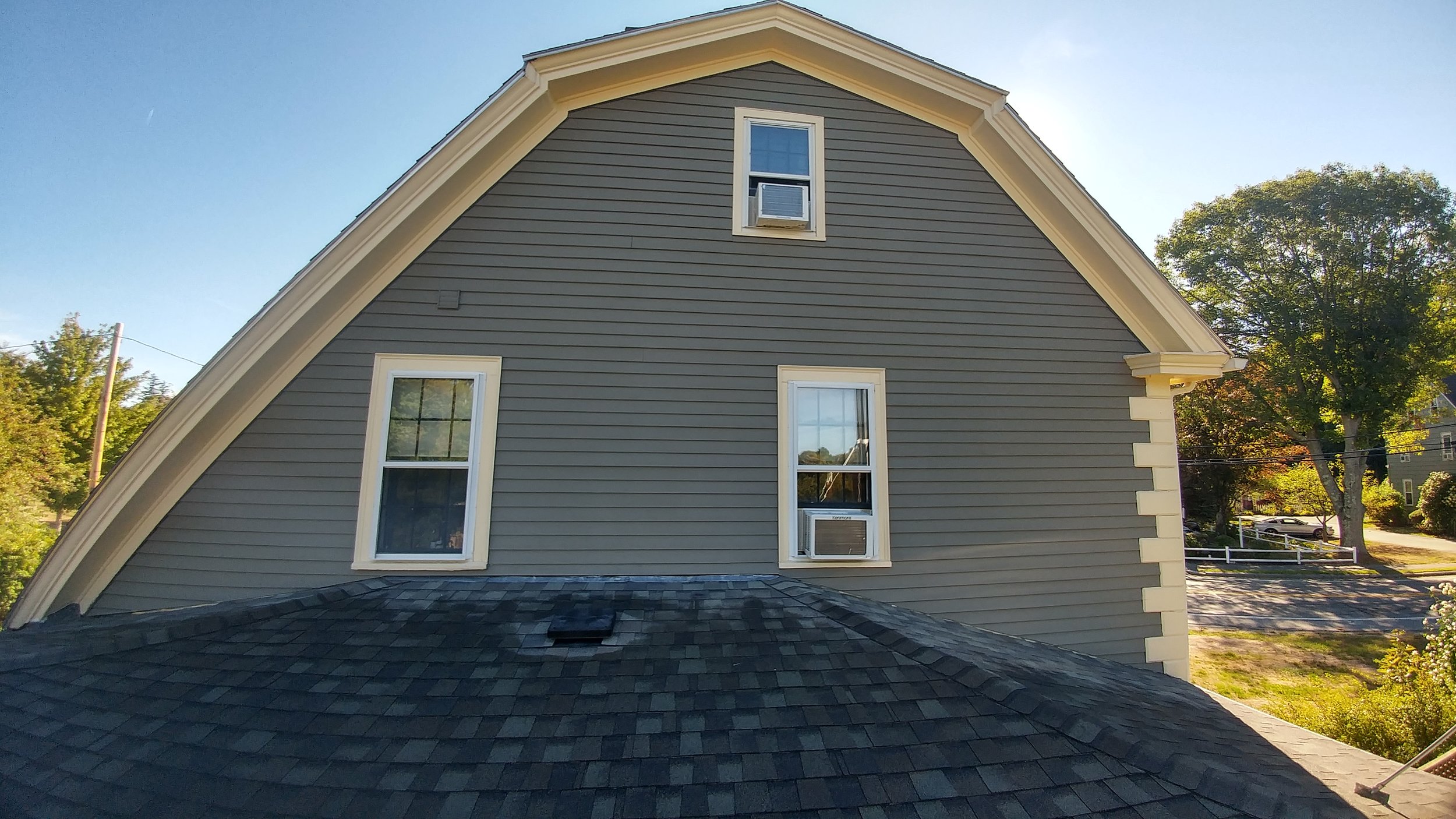
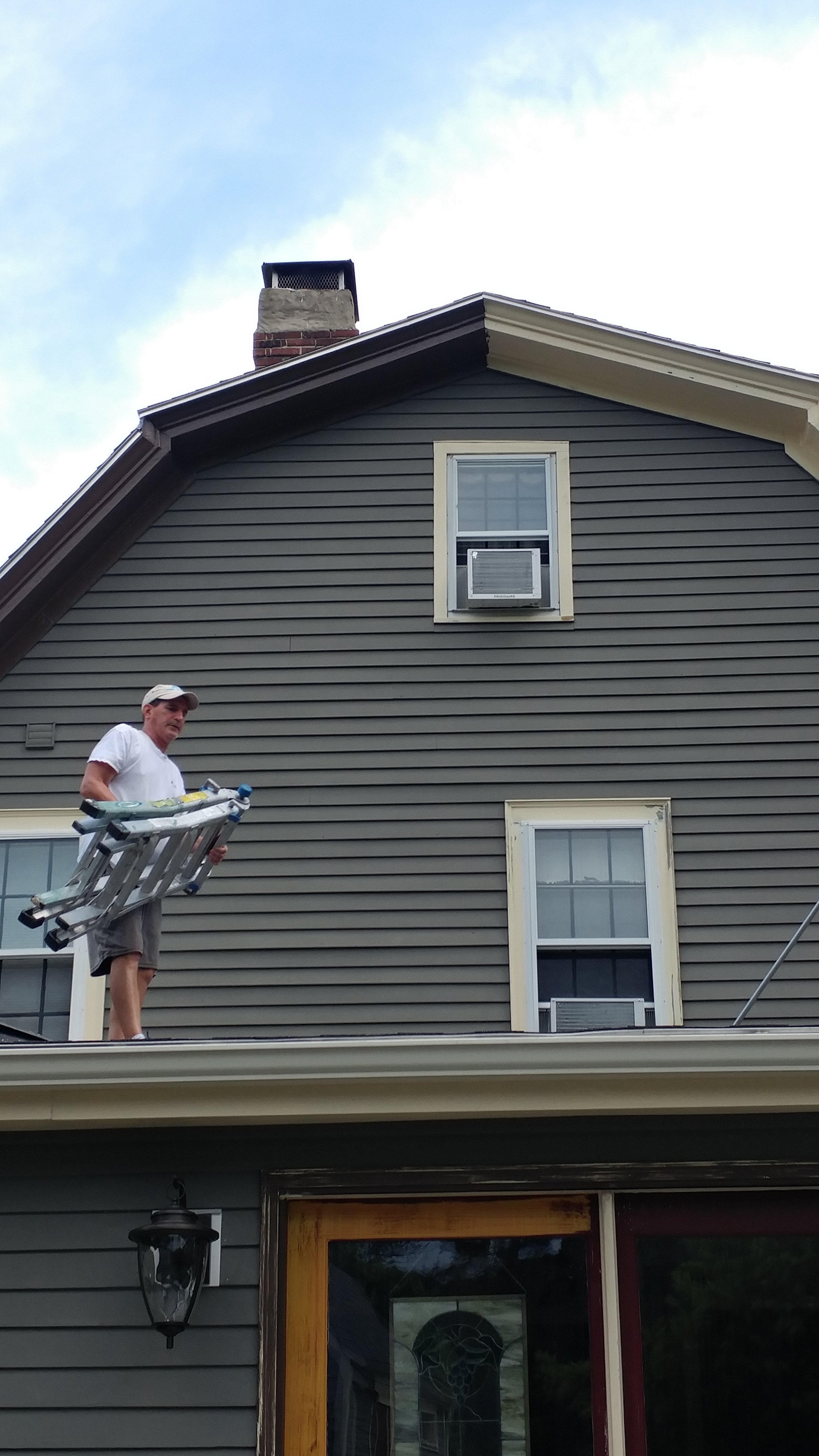

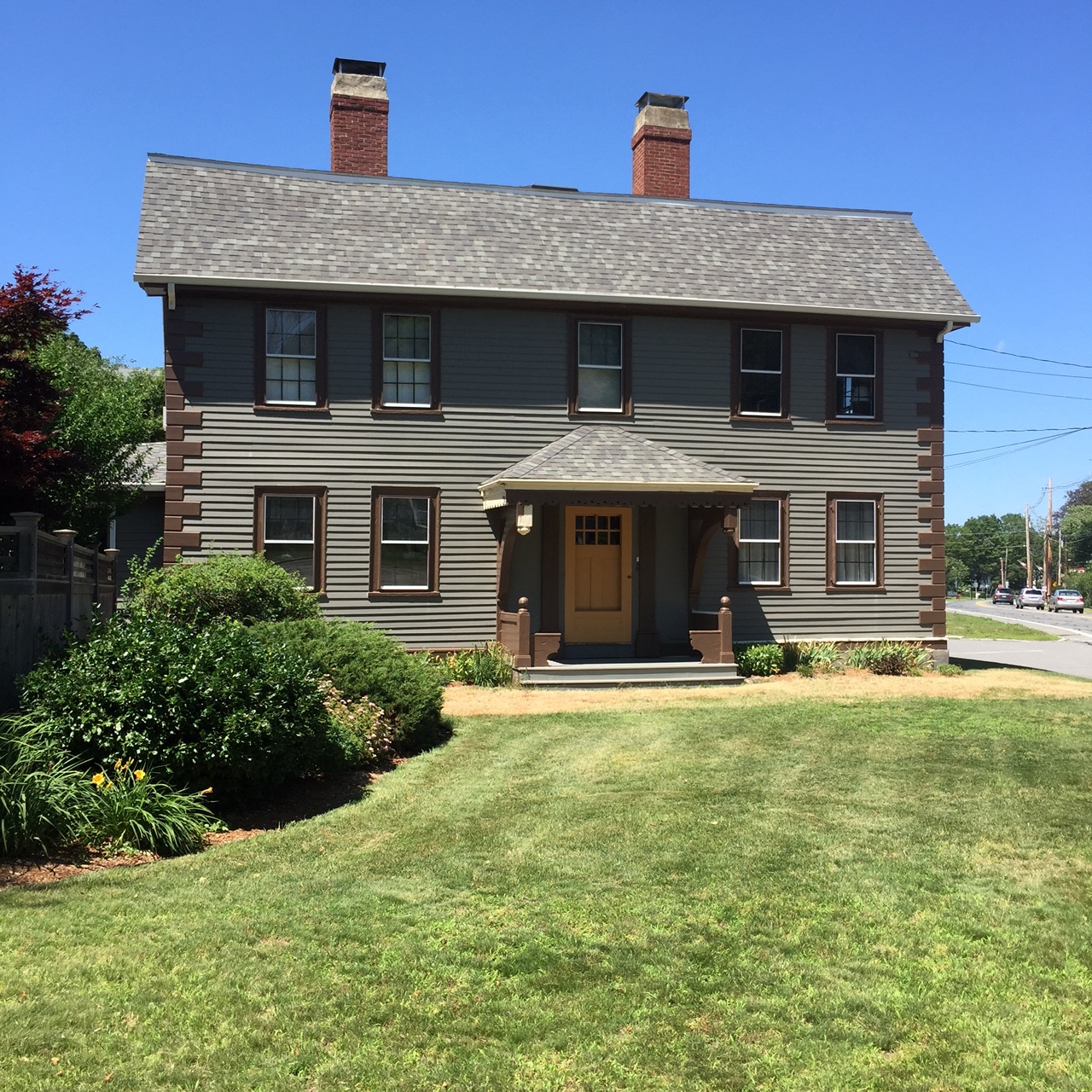
![0705171257[1].jpg](https://images.squarespace-cdn.com/content/v1/51293ec7e4b0df88da7044b3/1499807633600-PDNJ38W9IY36N0SXUNMO/0705171257%5B1%5D.jpg)
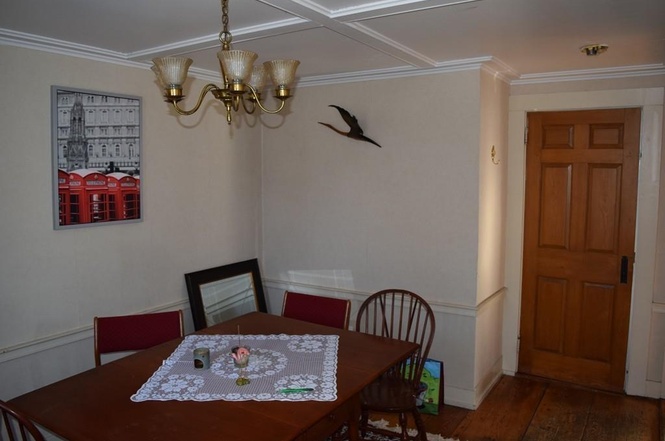
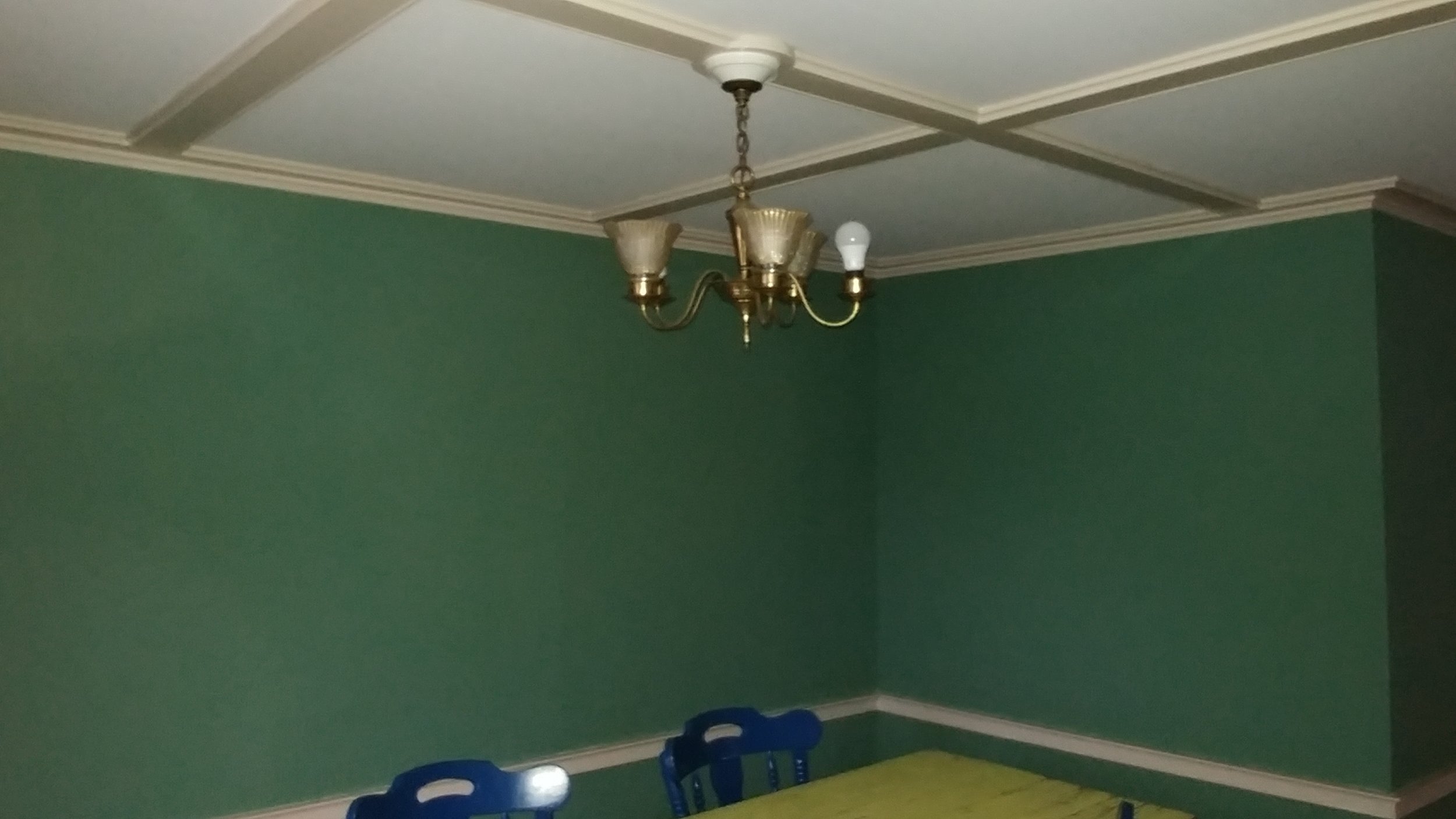





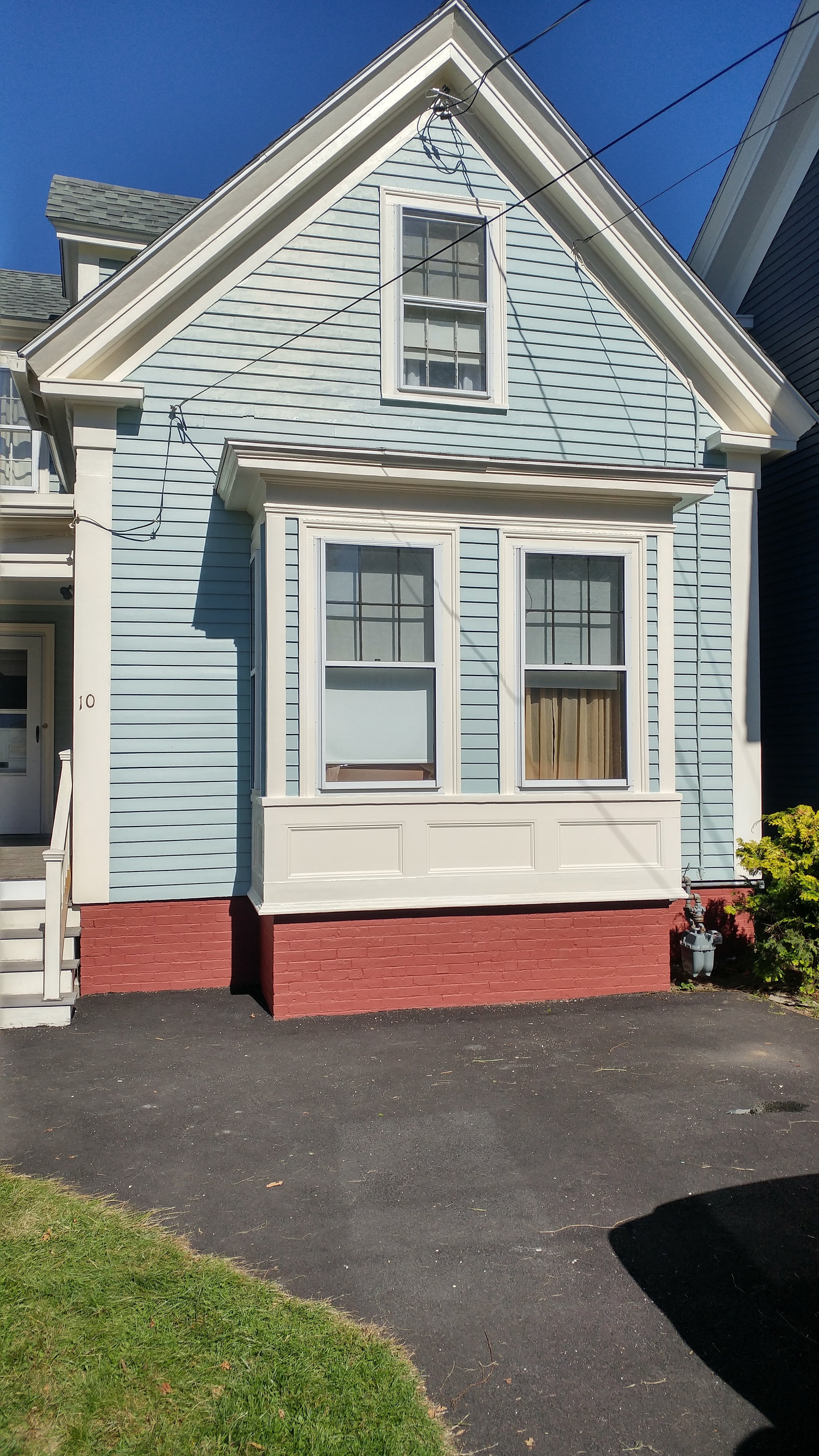

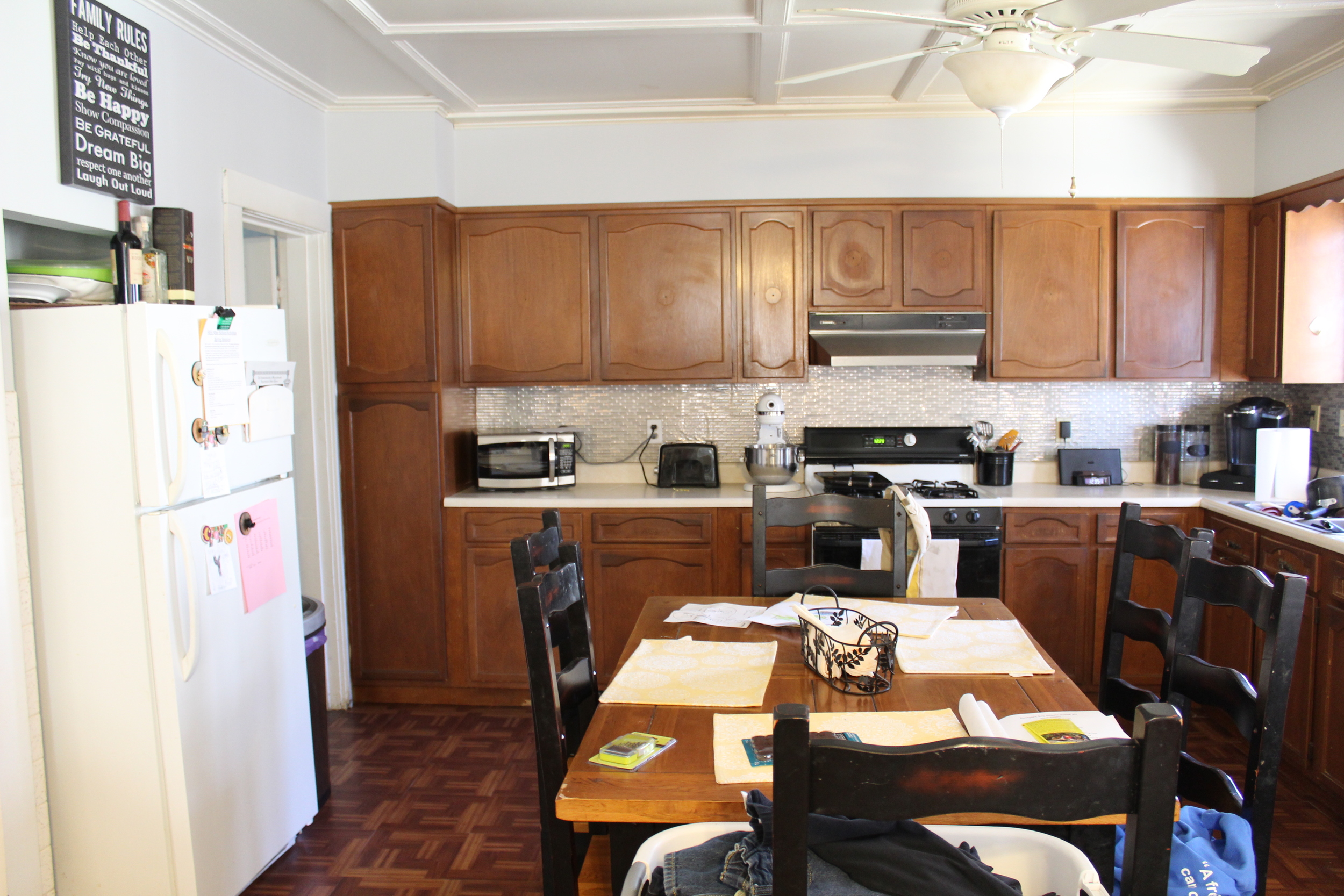
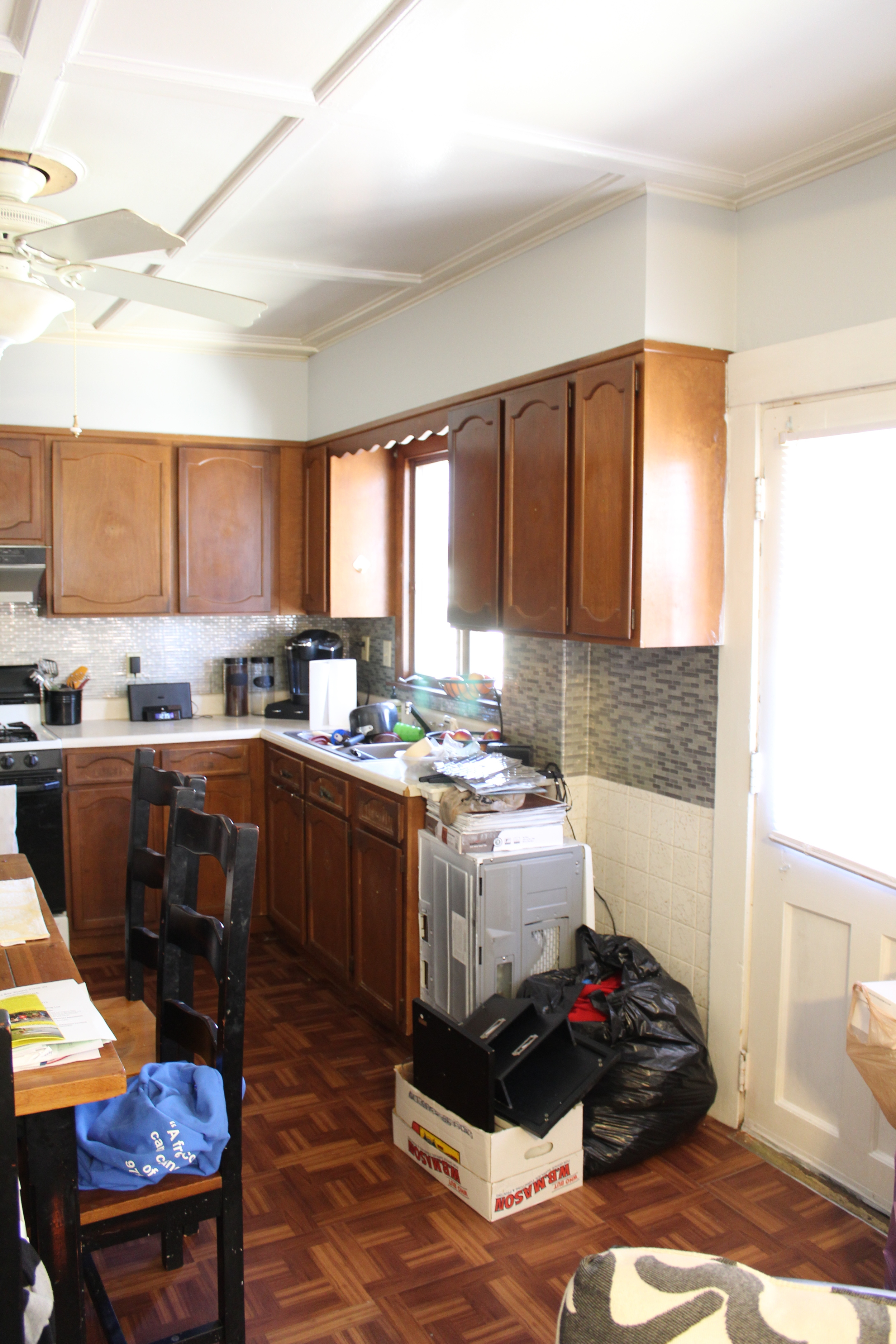

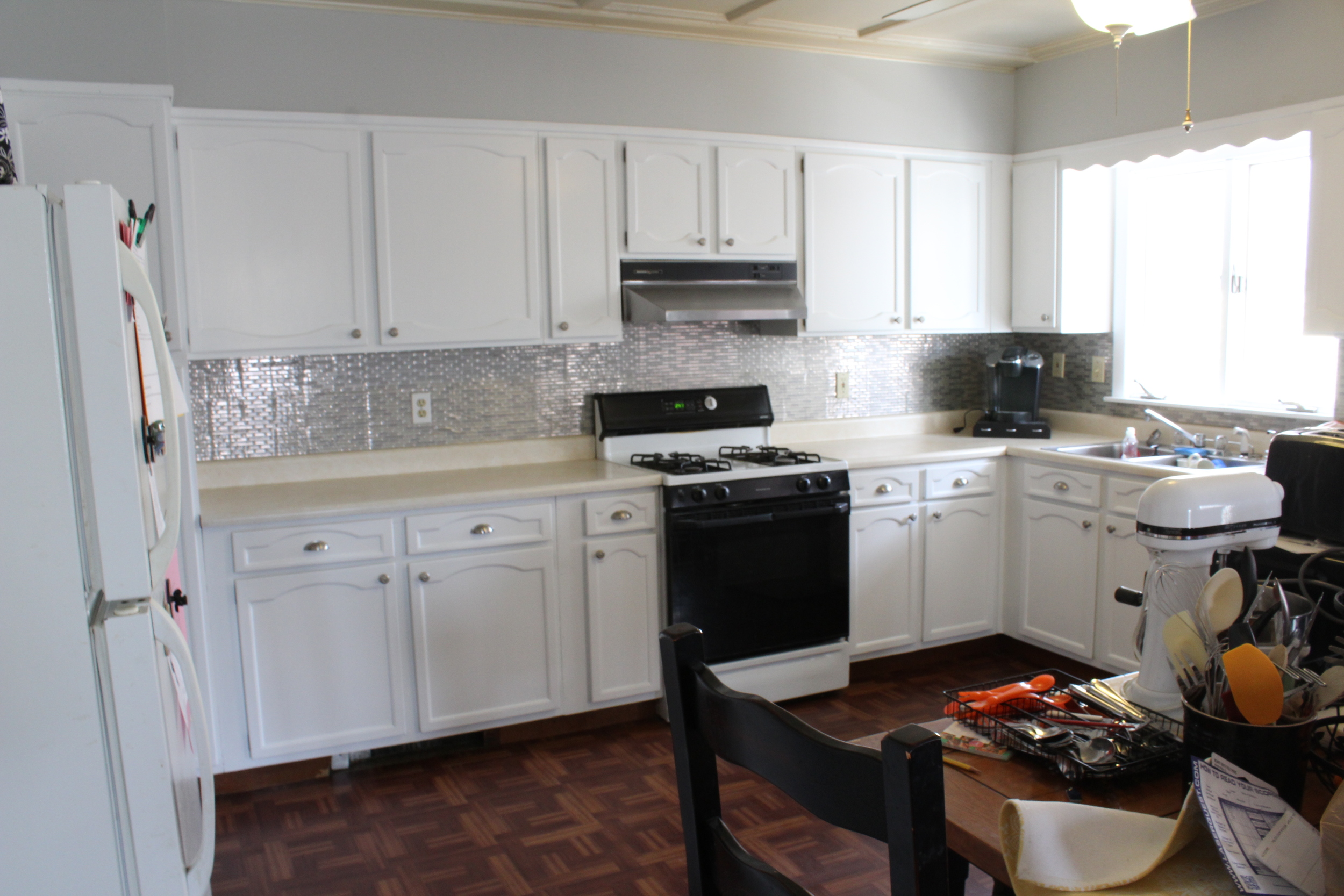
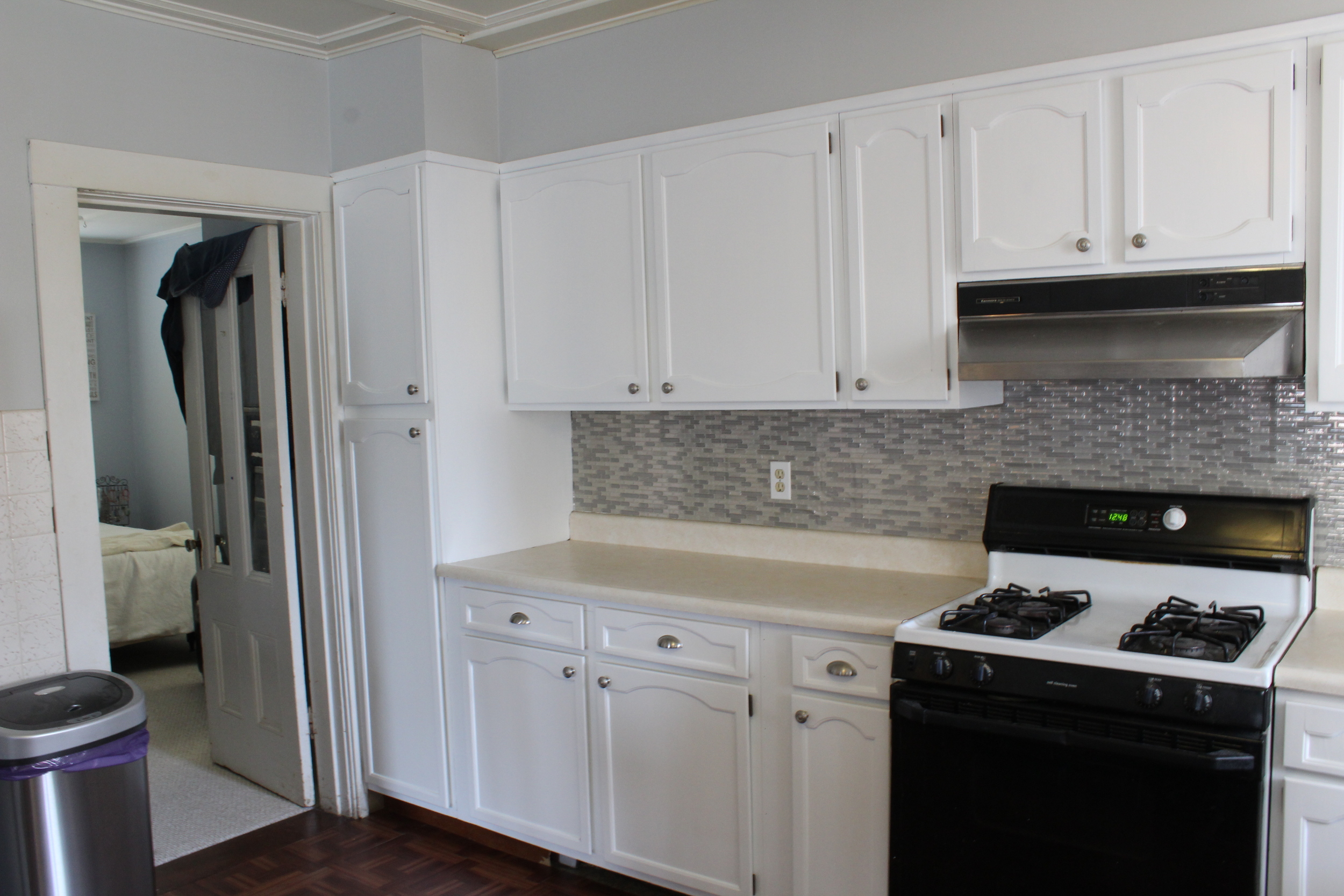
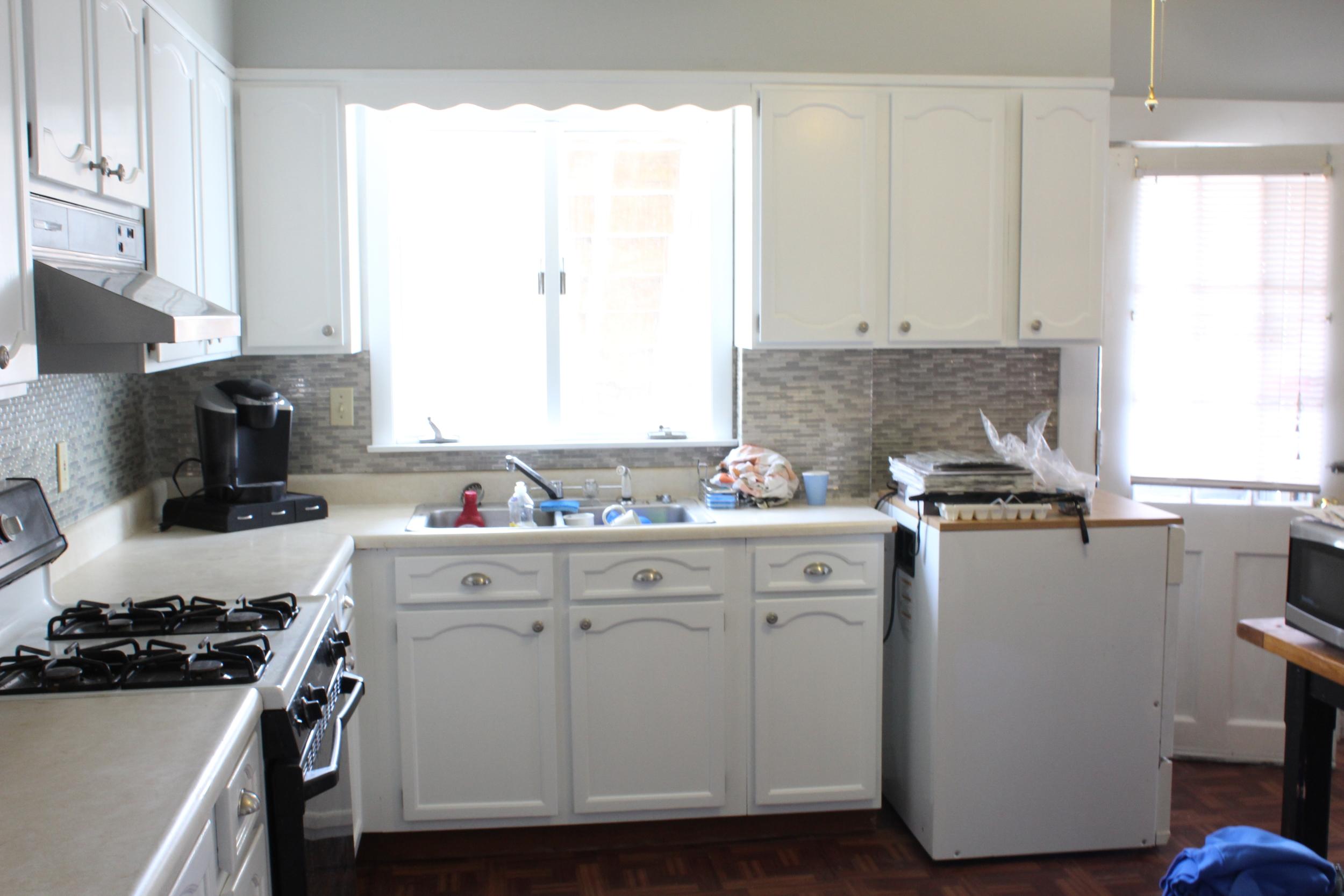
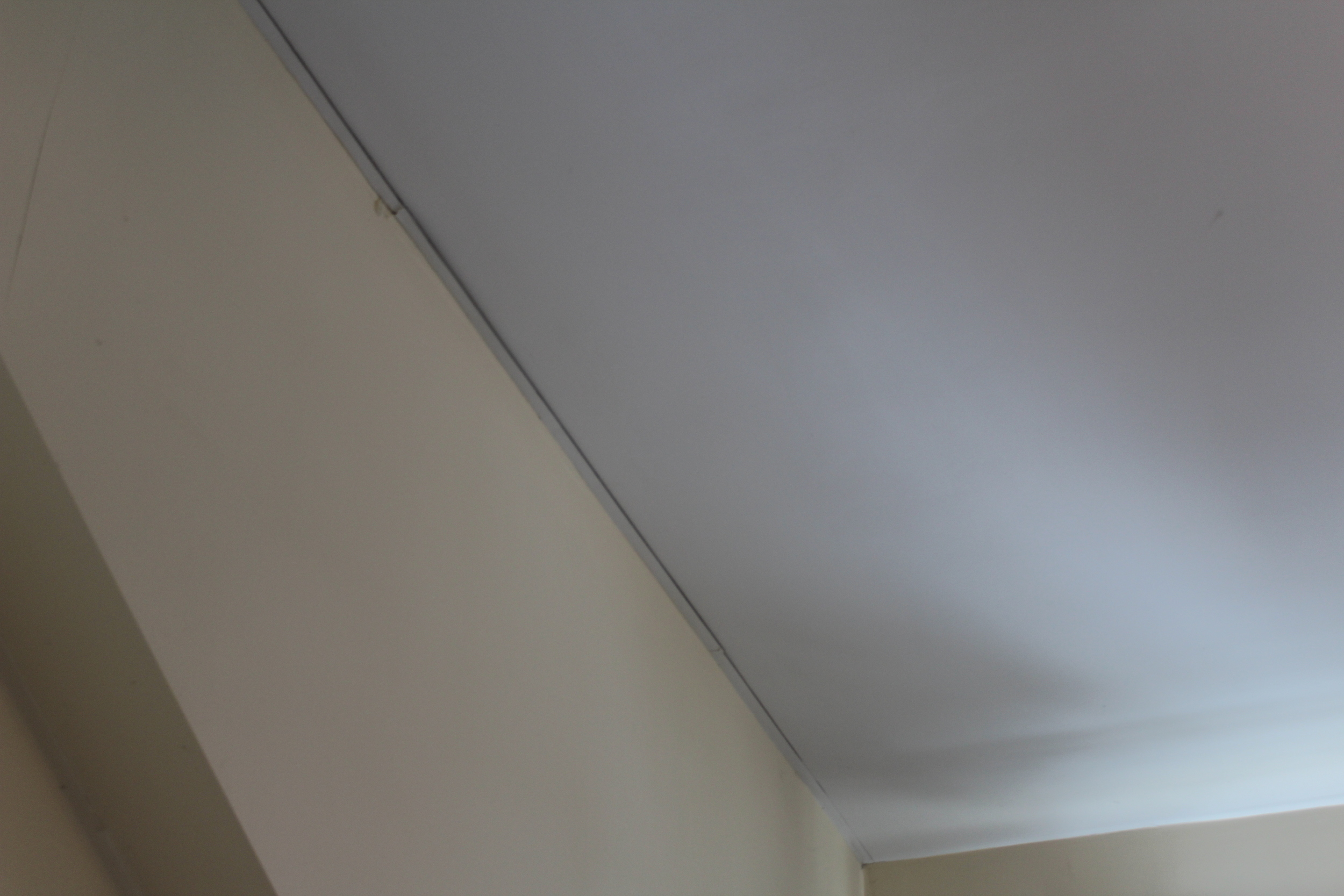
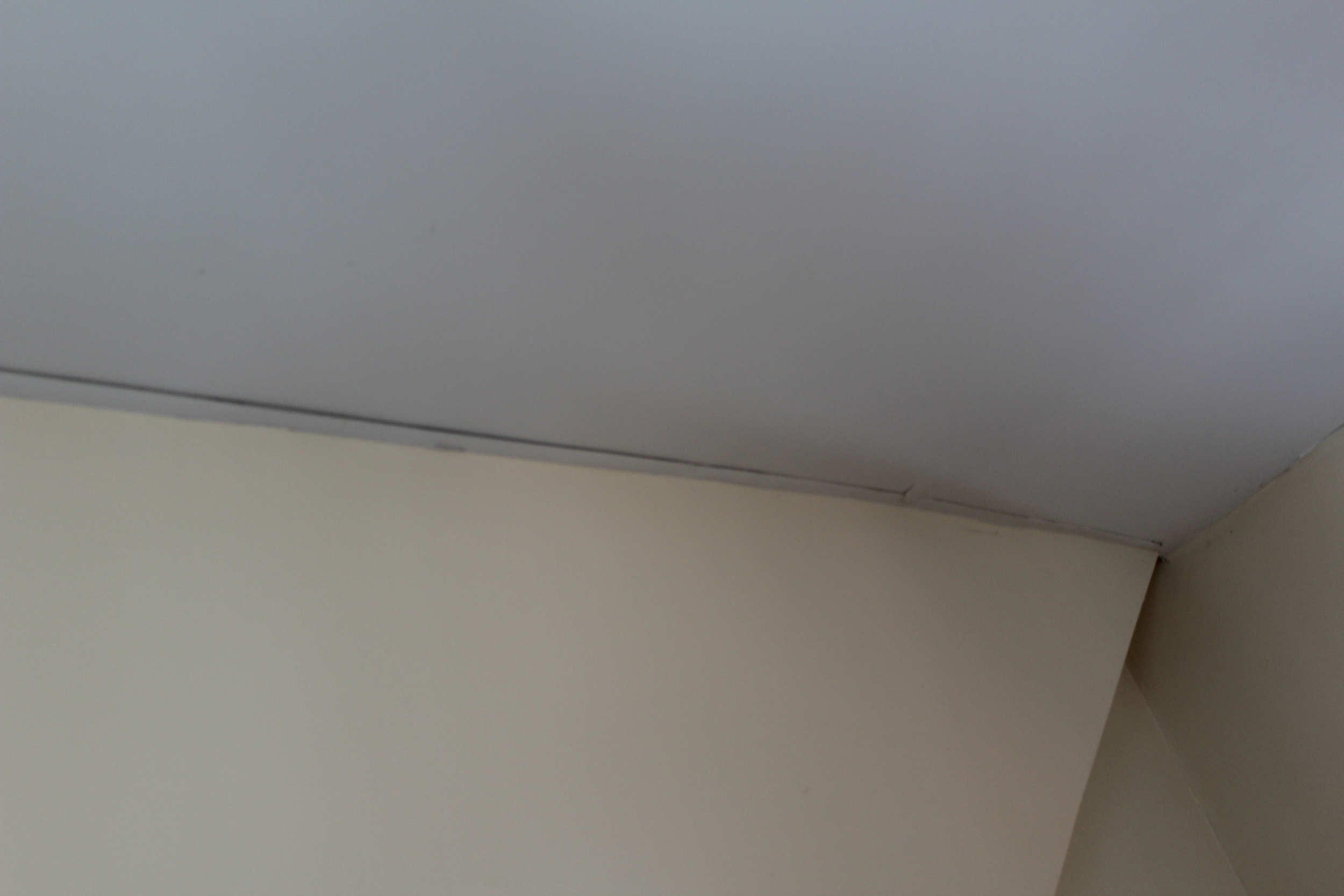
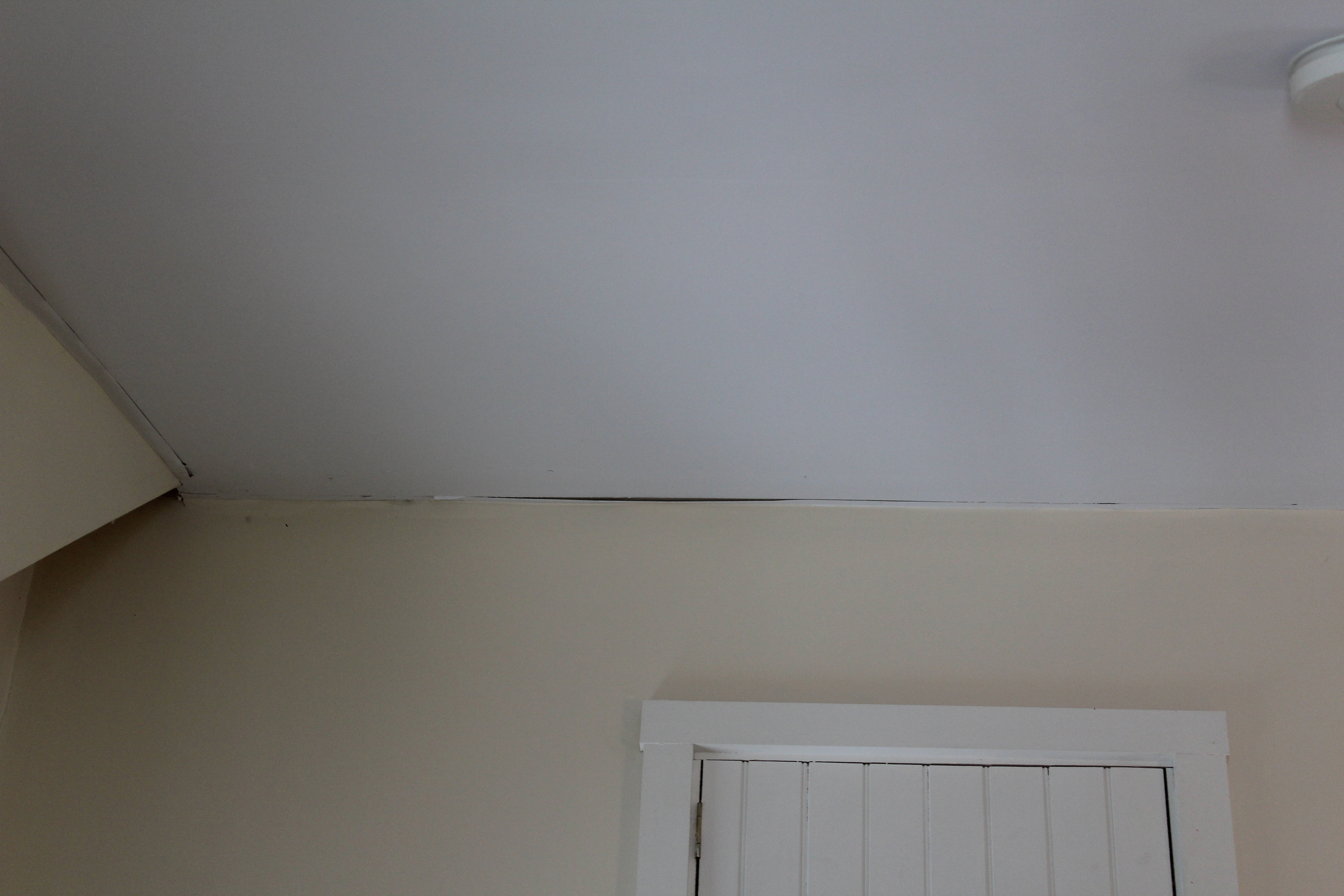
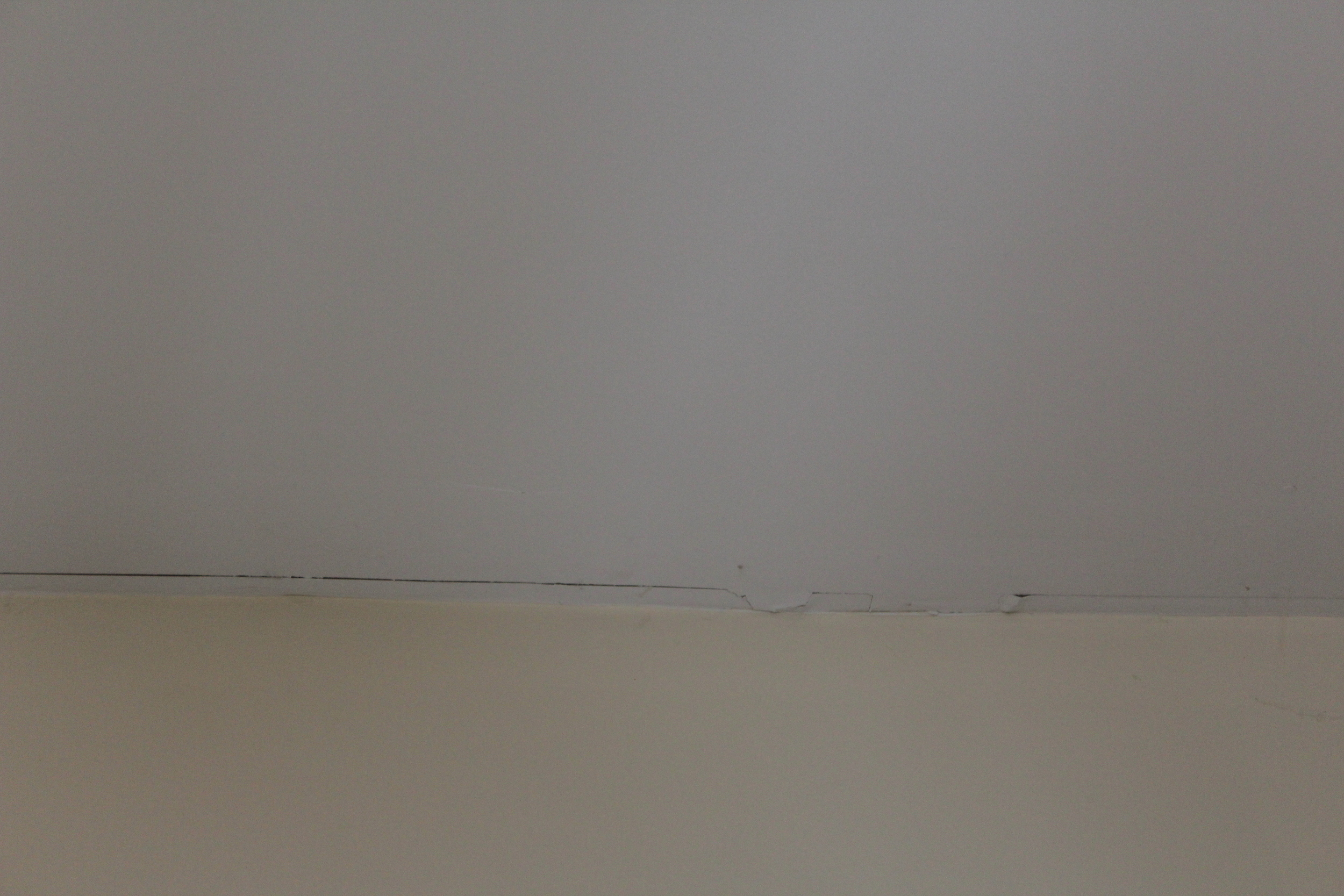
![0119160948[1].jpg](https://images.squarespace-cdn.com/content/v1/51293ec7e4b0df88da7044b3/1455059924709-ZZB997AQVM9SCHD1TN6Y/0119160948%5B1%5D.jpg)
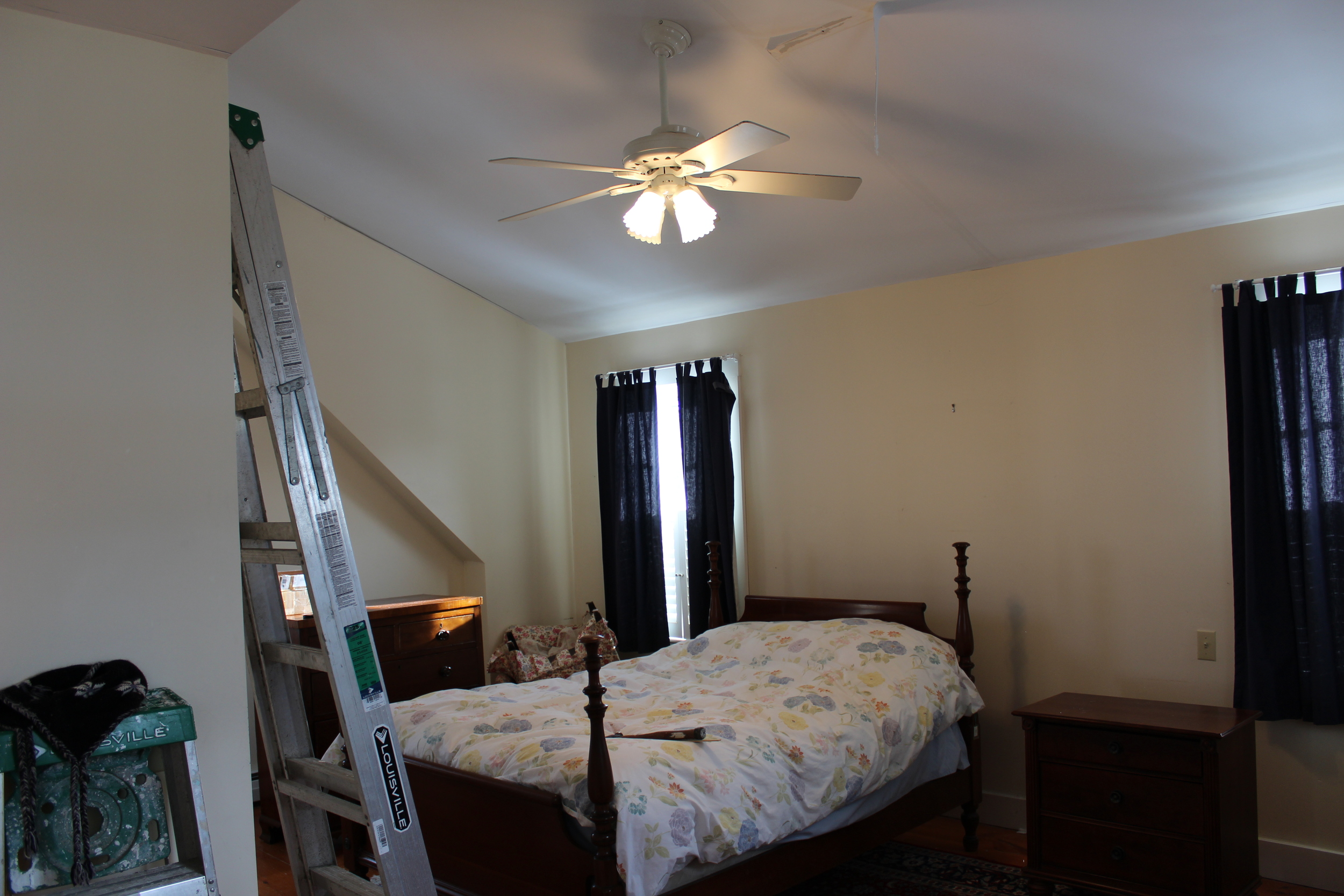
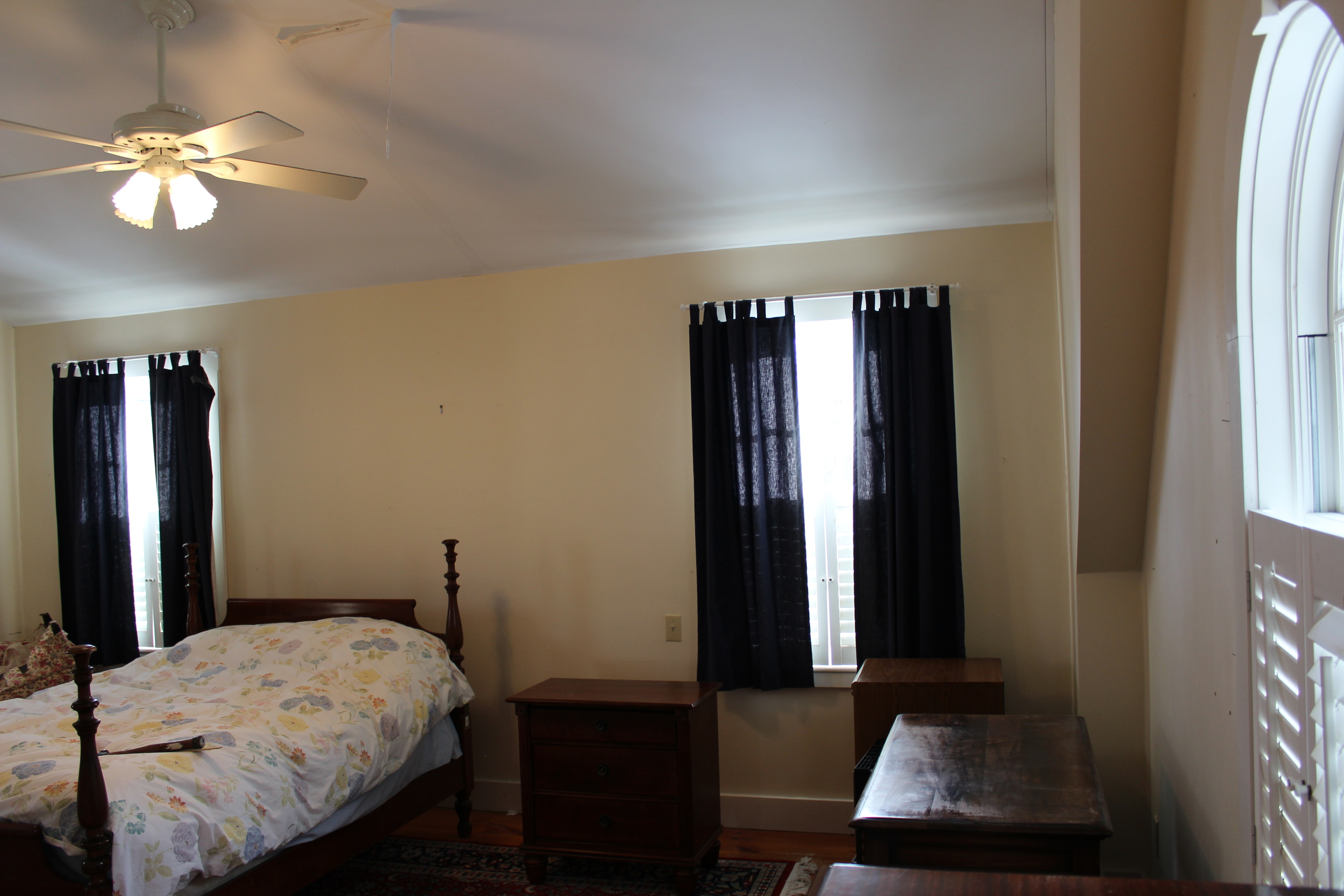

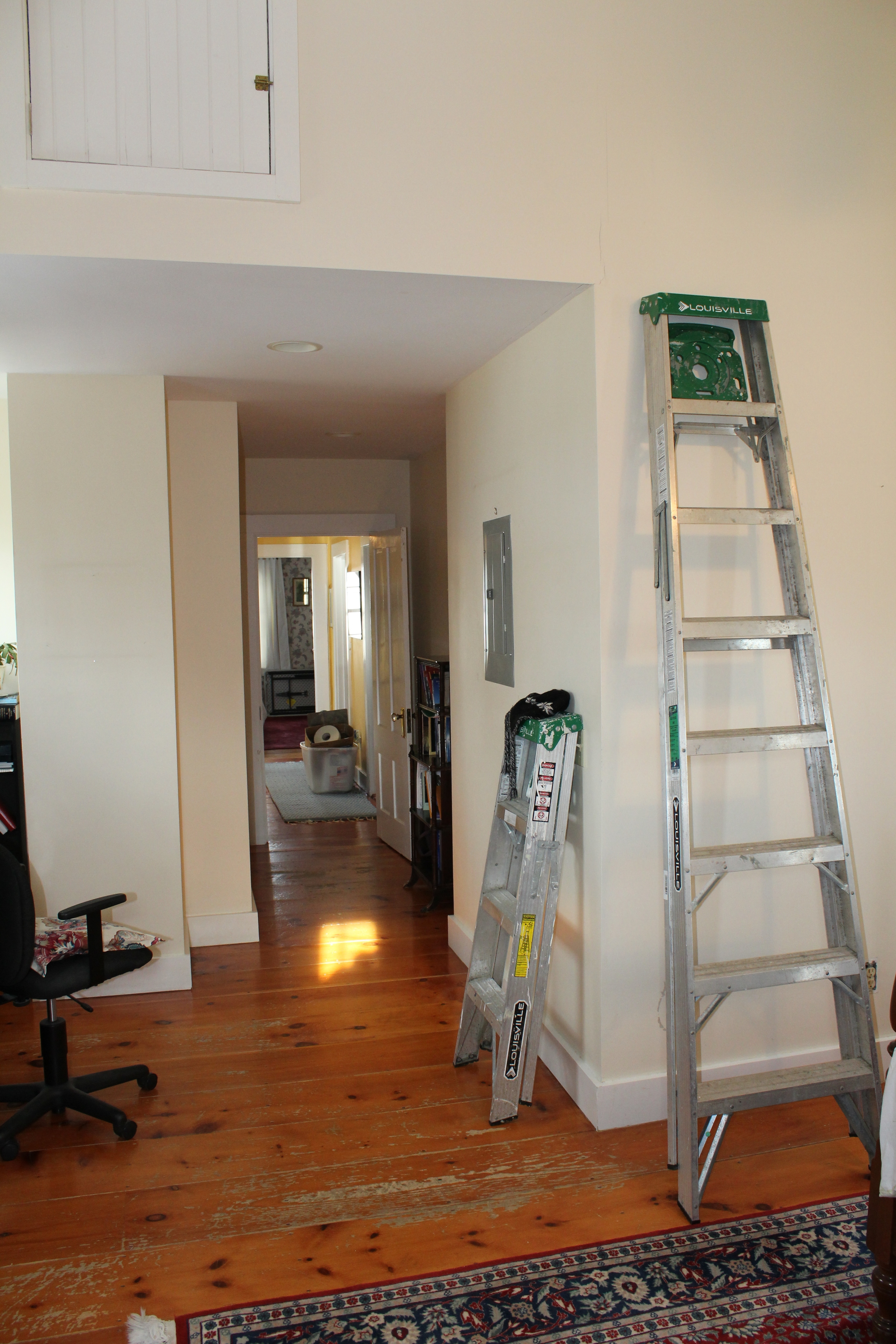
![0119160948a[1].jpg](https://images.squarespace-cdn.com/content/v1/51293ec7e4b0df88da7044b3/1455059961522-94MYEVUPQ4S8BHOGQWQ5/0119160948a%5B1%5D.jpg)
